I decided to plan how I’m going to mount my printed images by using Adobe InDesign, all in three different categories, Individualism, Socialism and Realism.

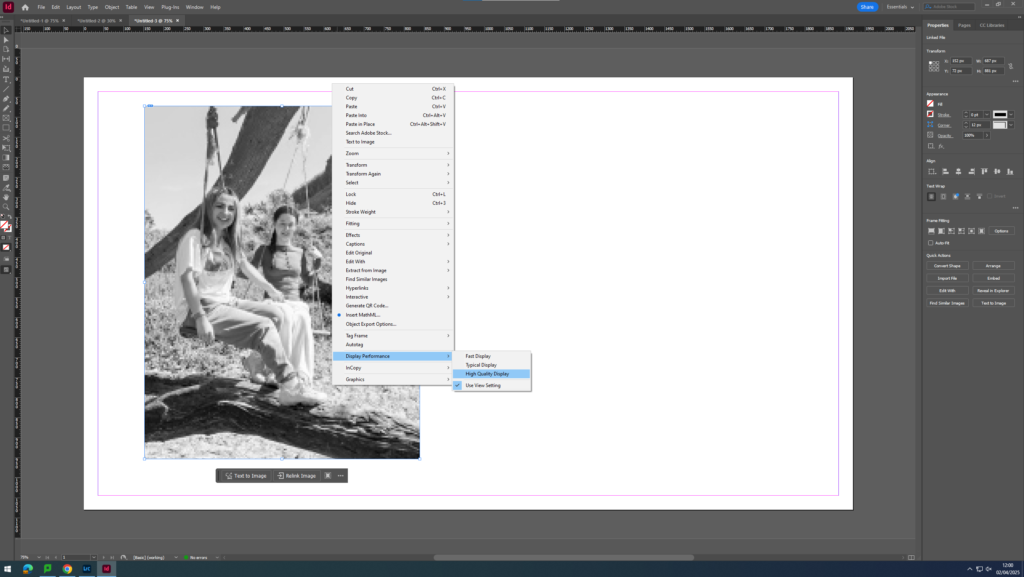
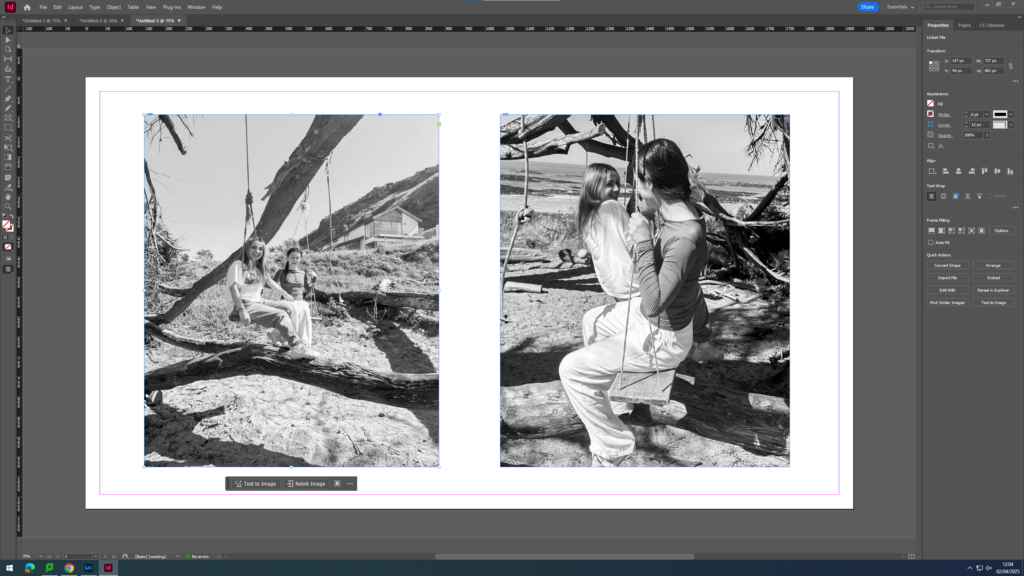
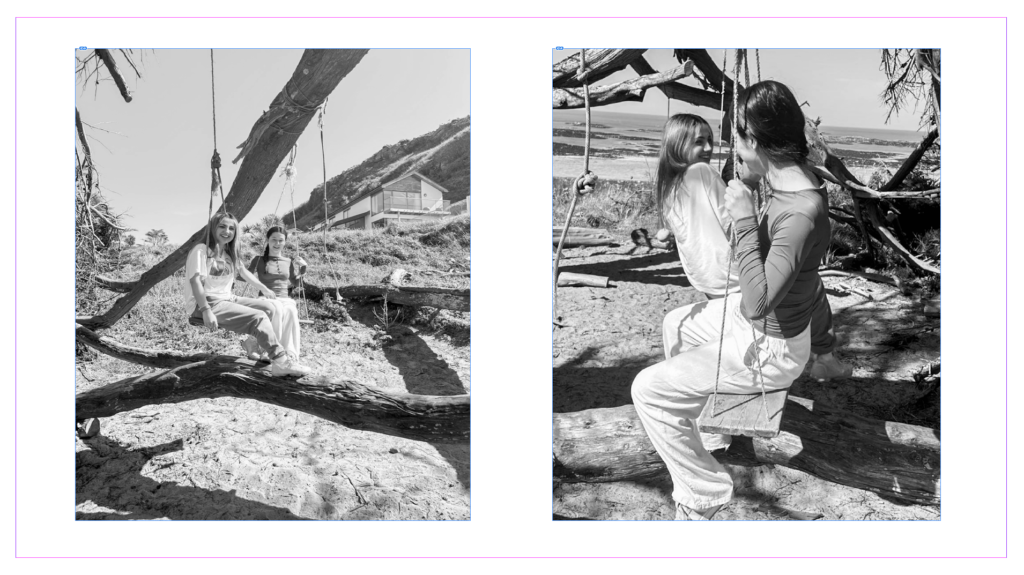
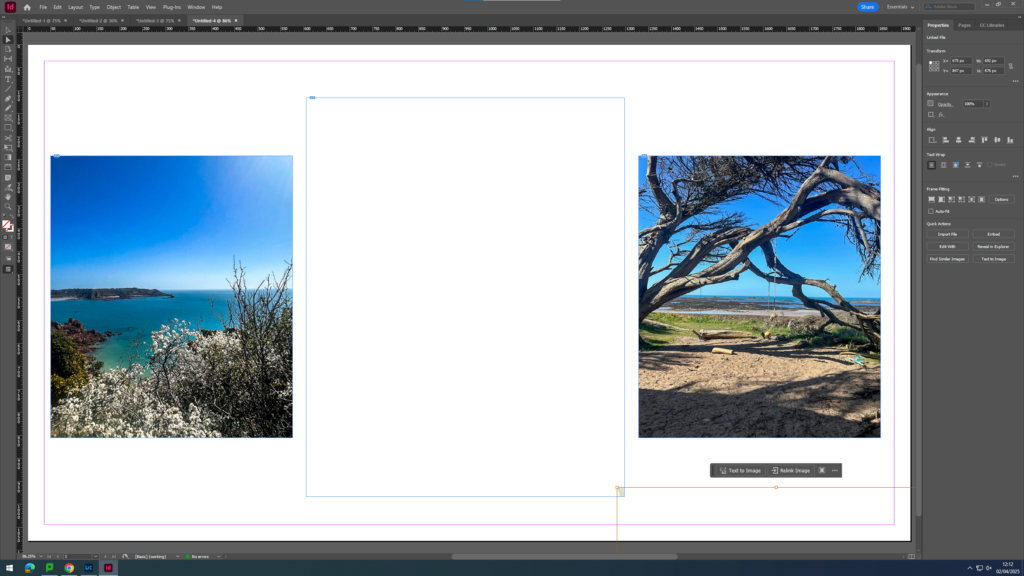
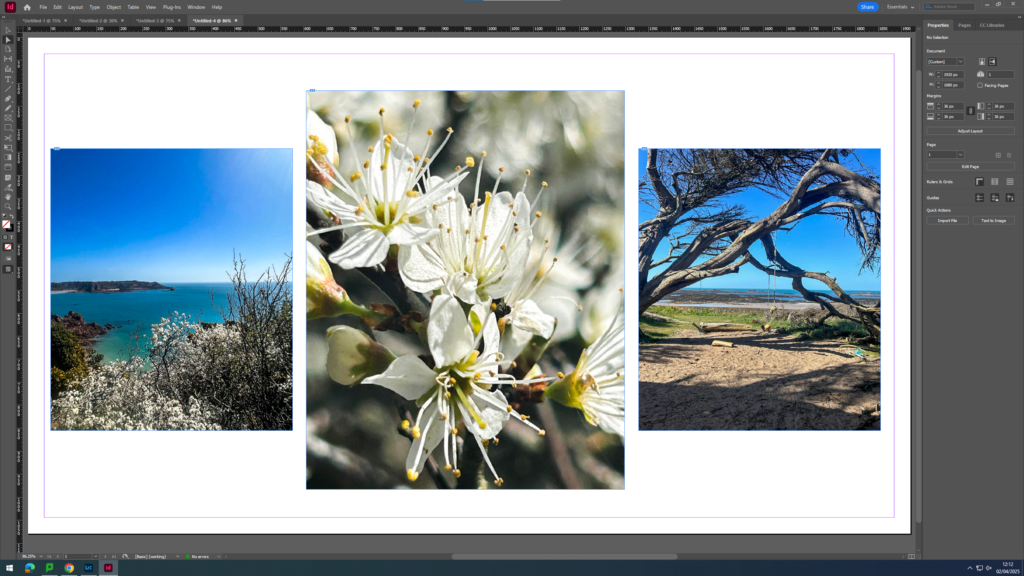
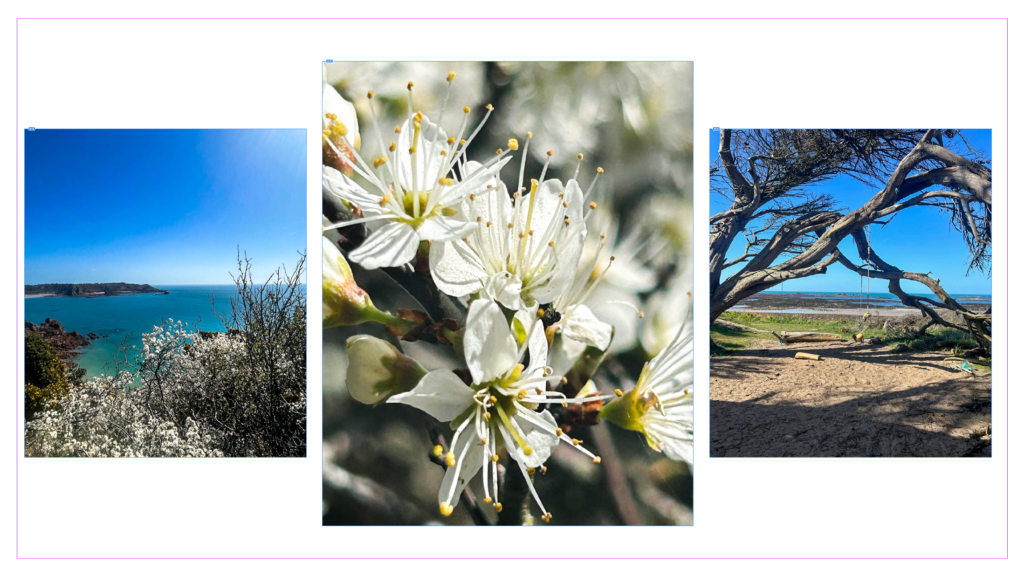

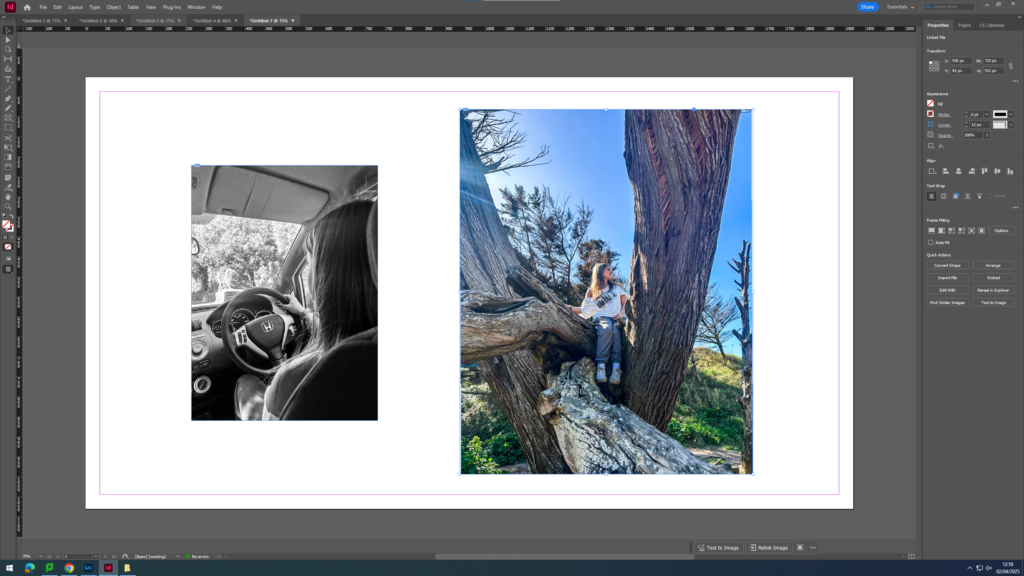
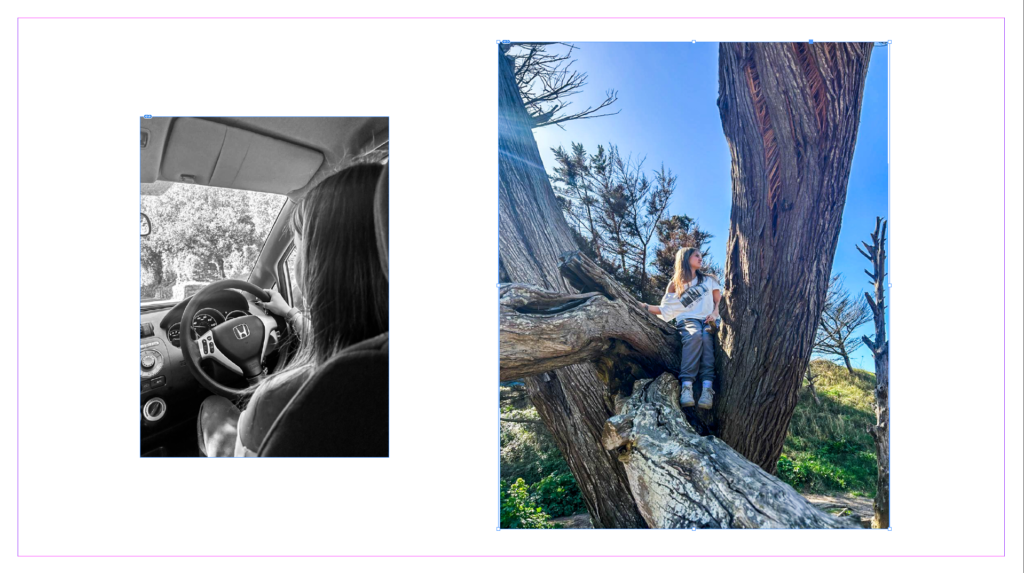
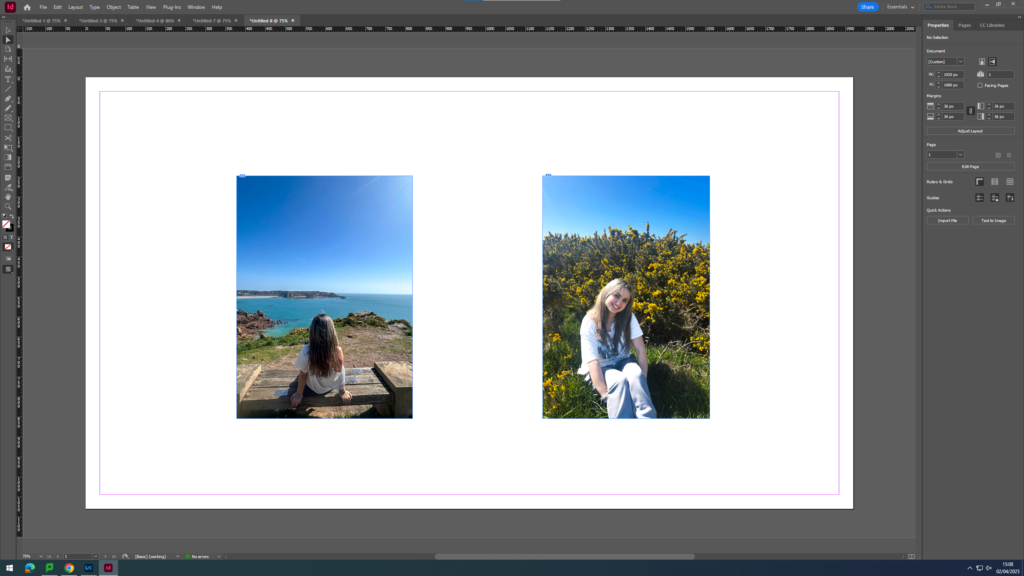
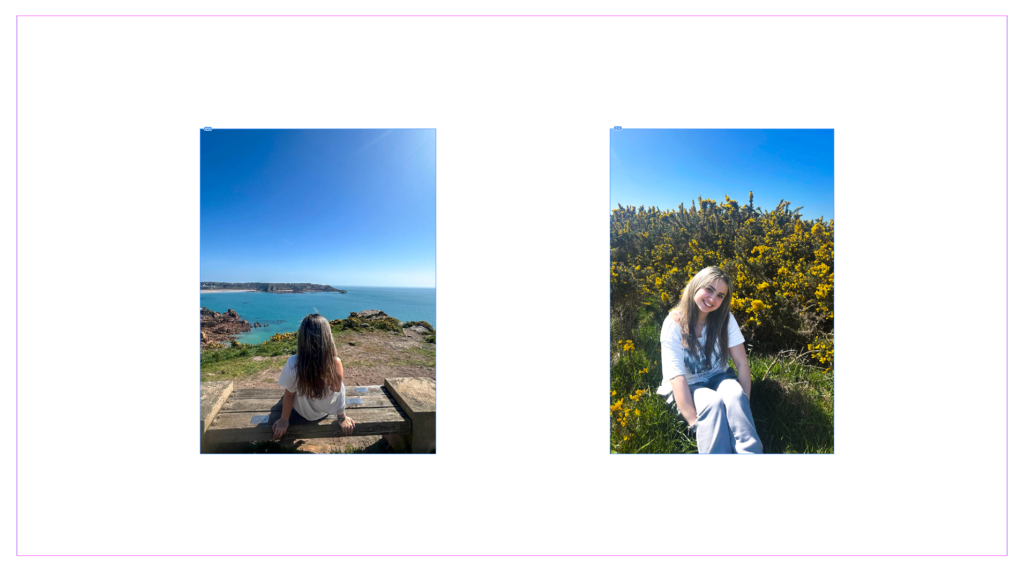
I decided to plan how I’m going to mount my printed images by using Adobe InDesign, all in three different categories, Individualism, Socialism and Realism.













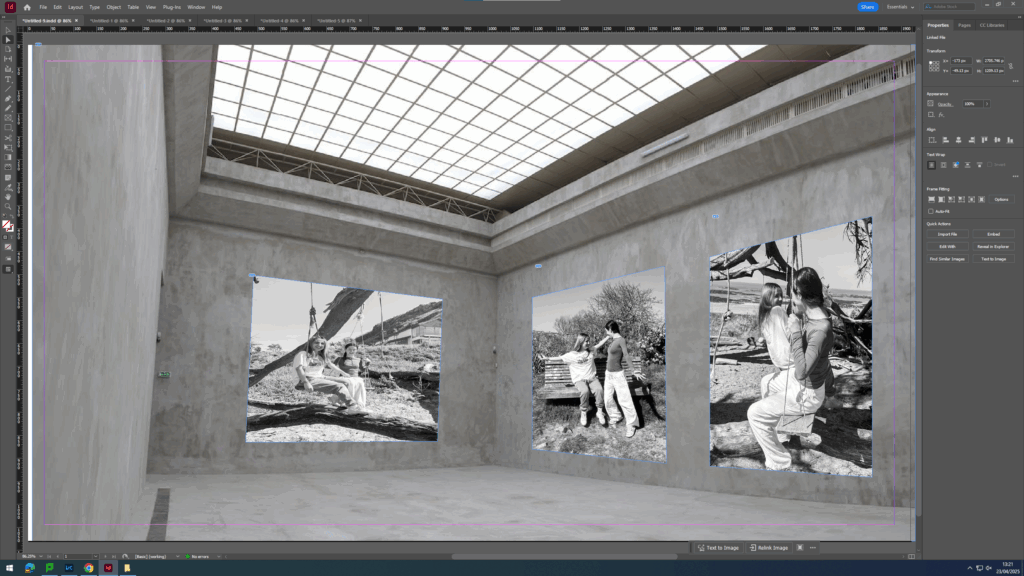
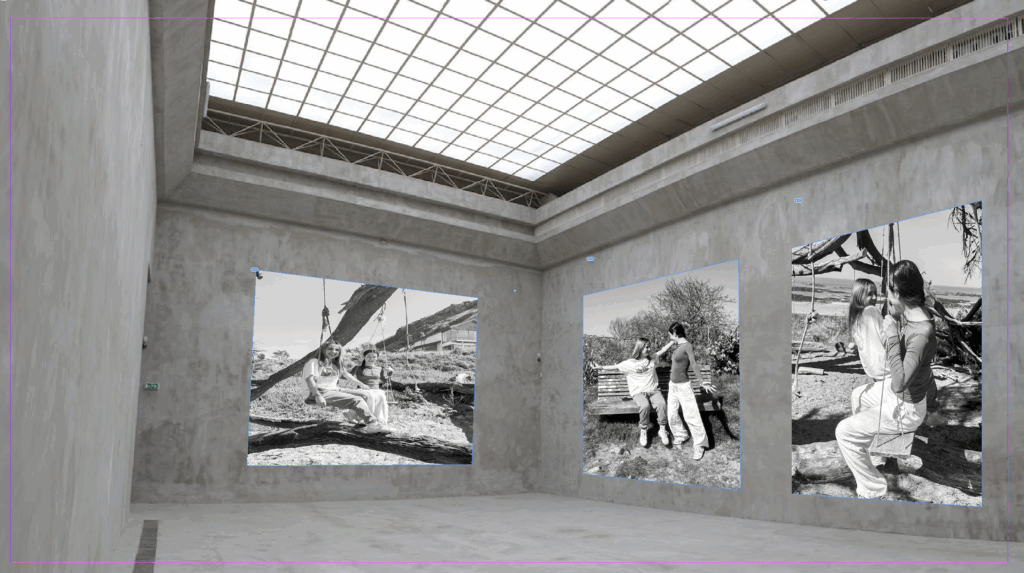

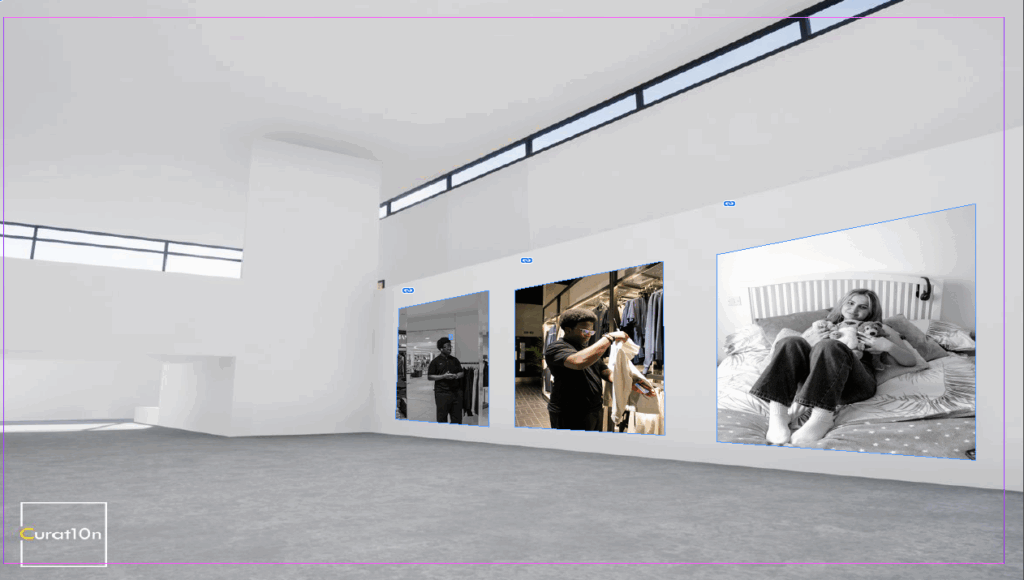
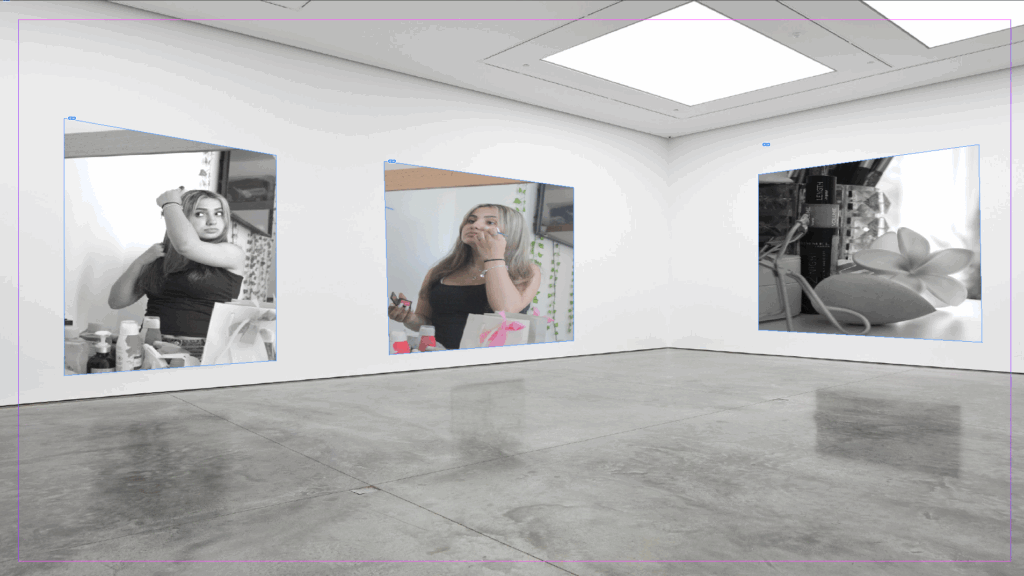

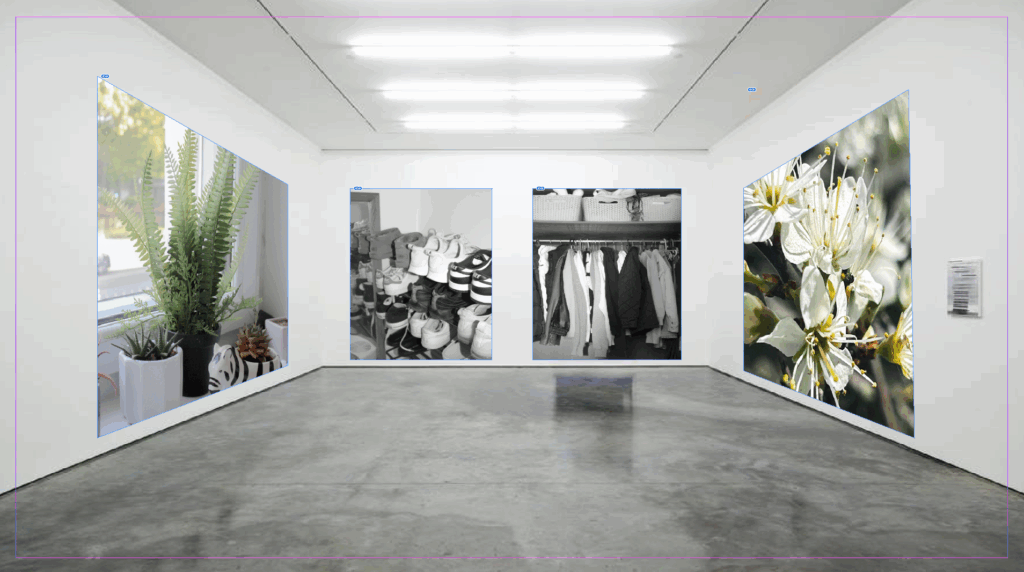

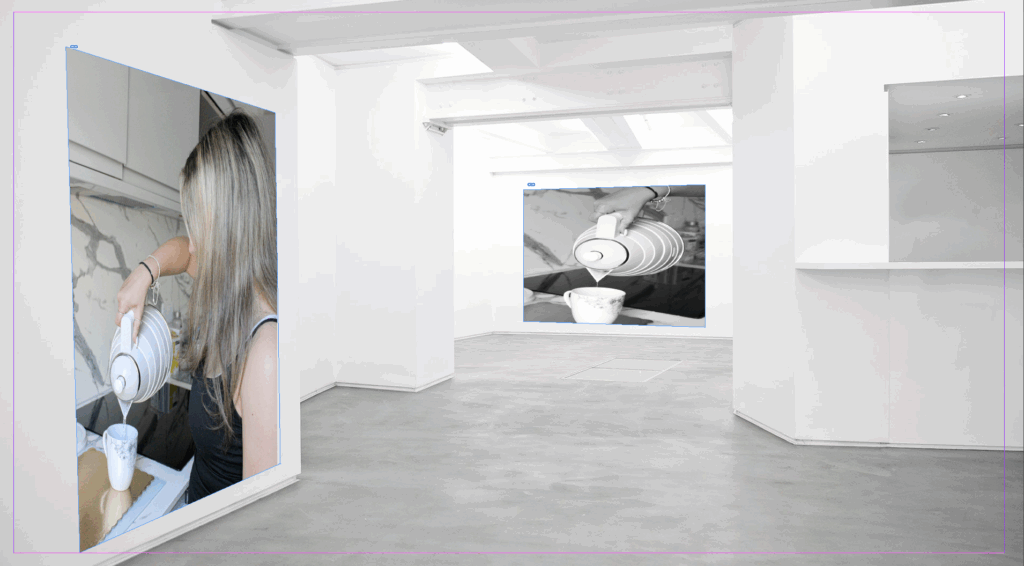
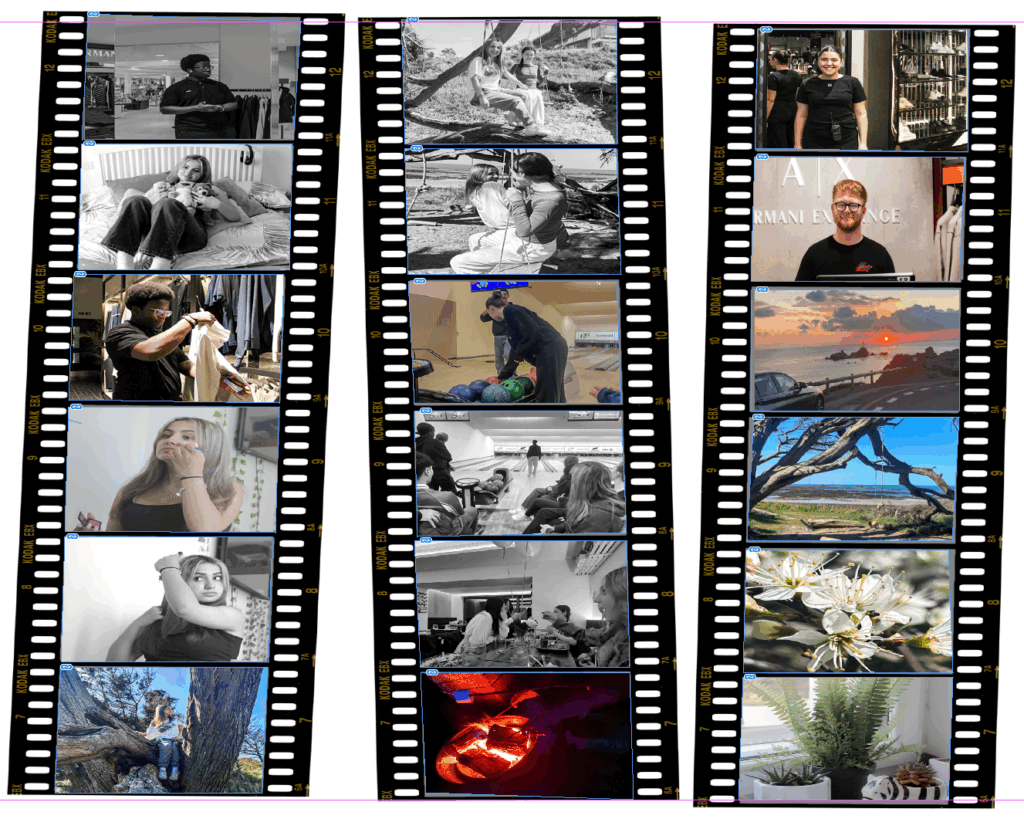
I explored the theme Socialism by taking photoshoots of a group of friends and family doing any sort of activity such as, going bowling, park, town, going on a walk etc. This symbolizes Socialism since socialism is all about socialising, making memories, having fun and being with people you enjoy spending your time with. For this photoshoot I decided to go explore different locations around jersey, for example St Peter, St Helier etc. Exploring Socialism brings attention to collective experiences, social justices, working-class and communities. Showing how people with different backgrounds and different environments can unit and the importance of equality and justice in society.

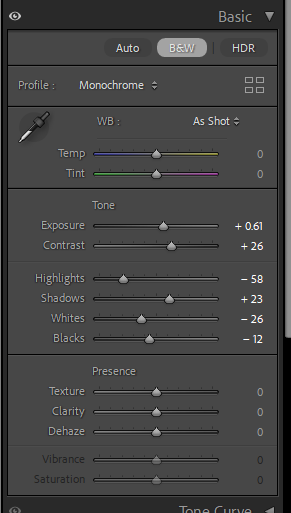
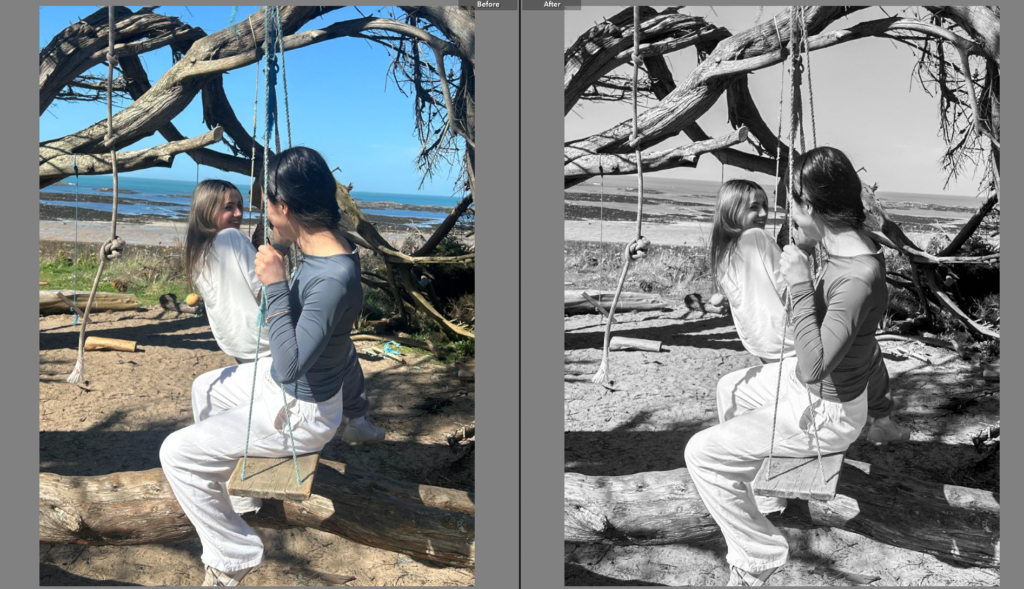
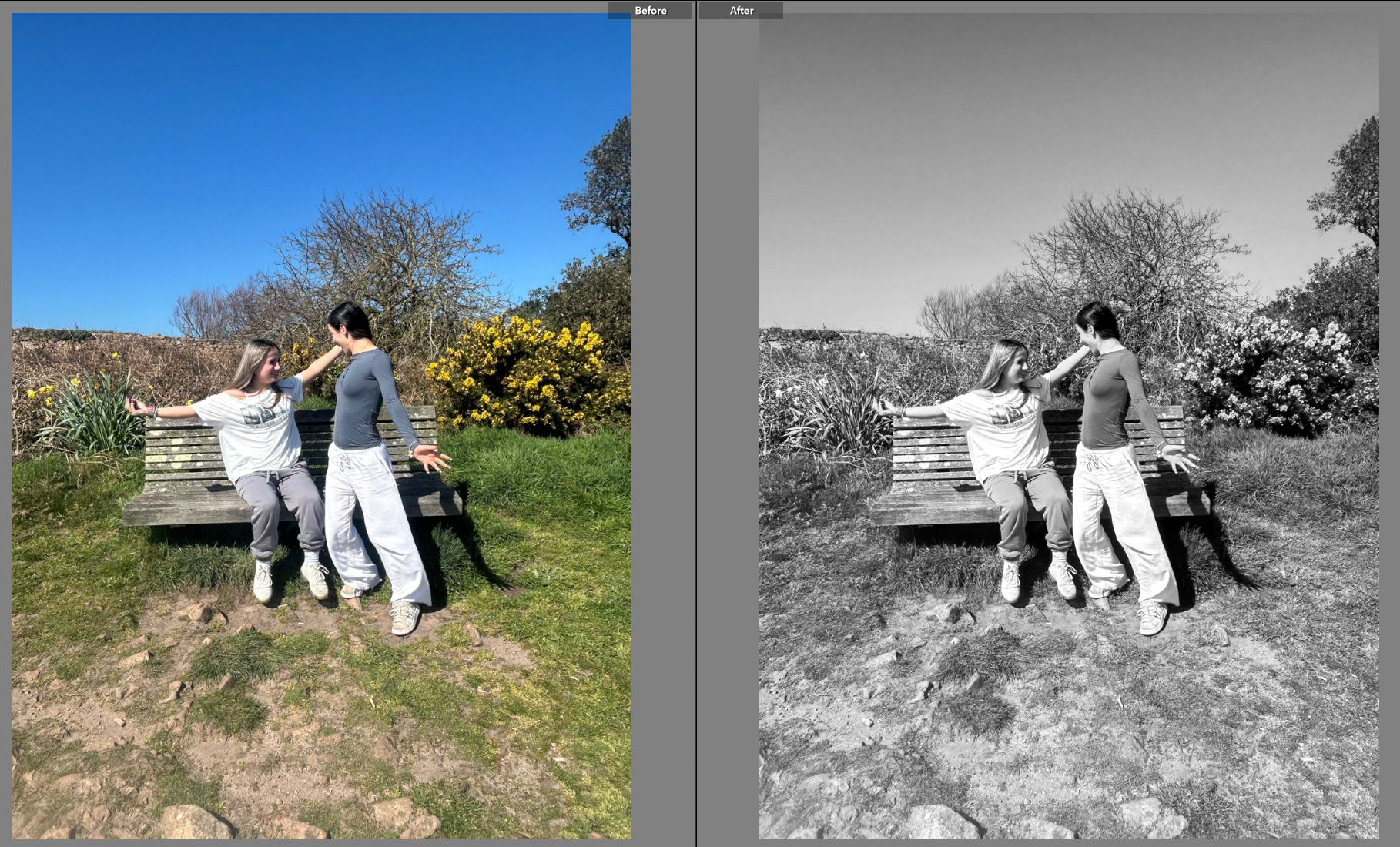
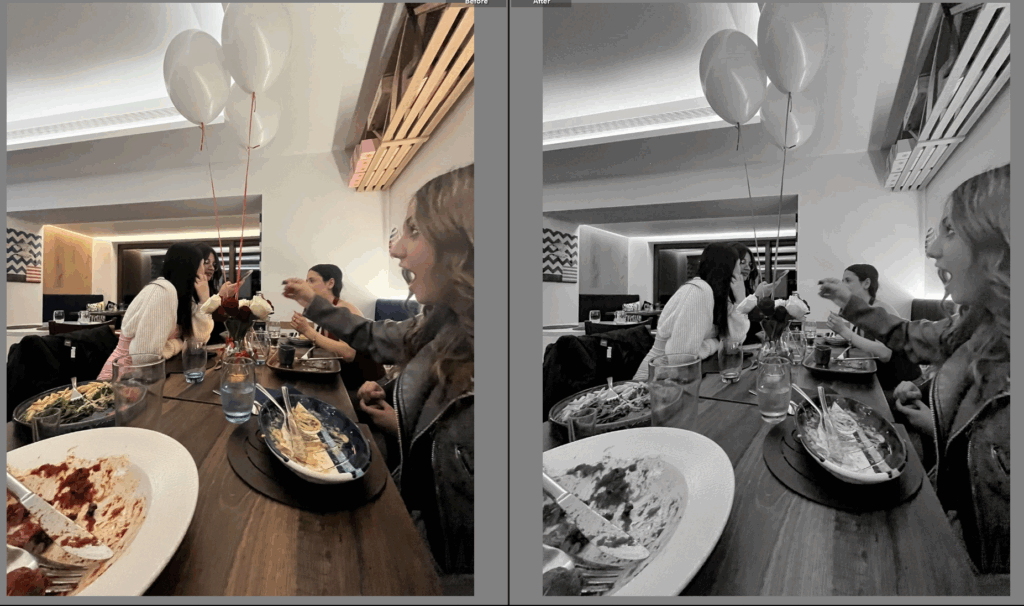
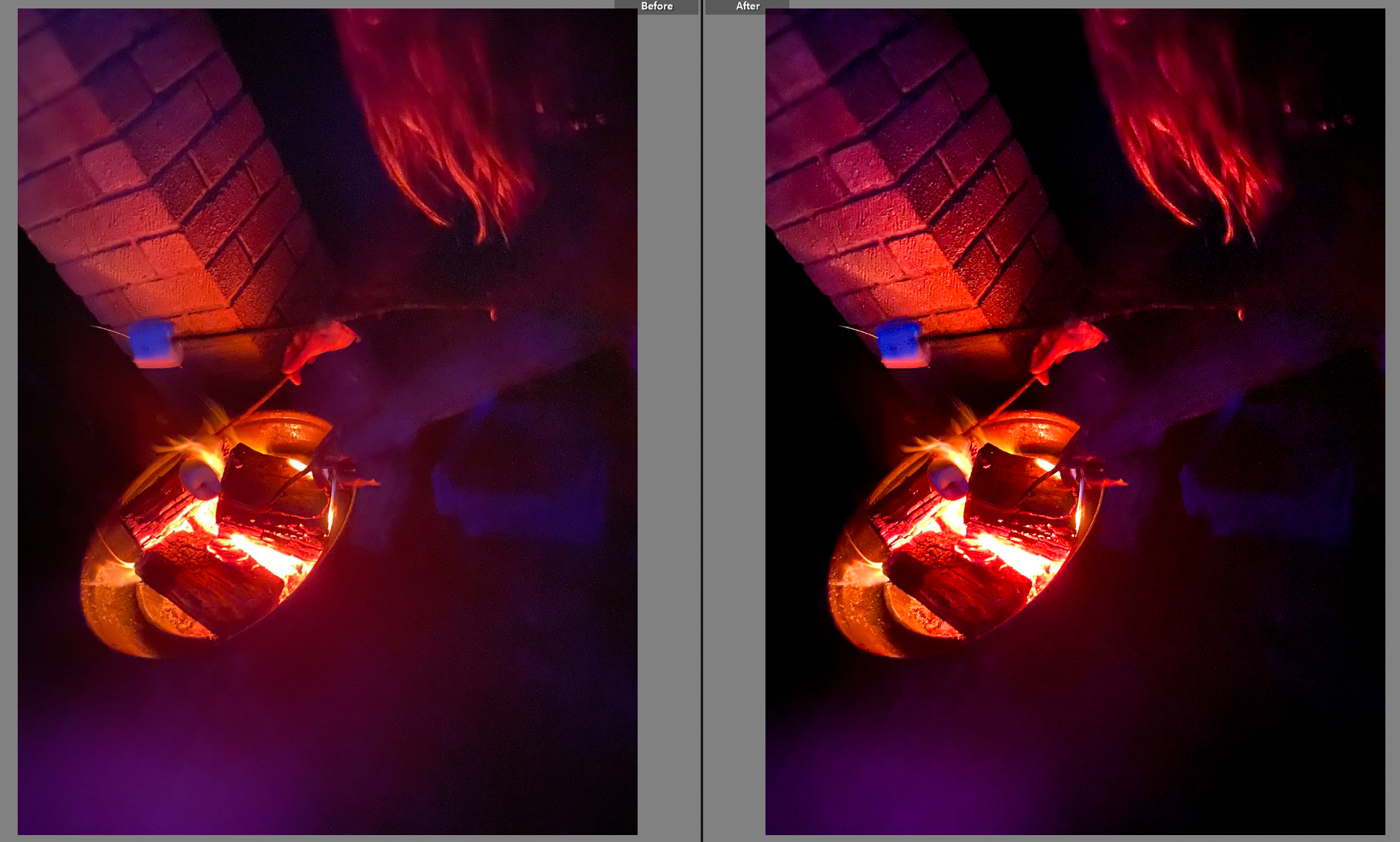
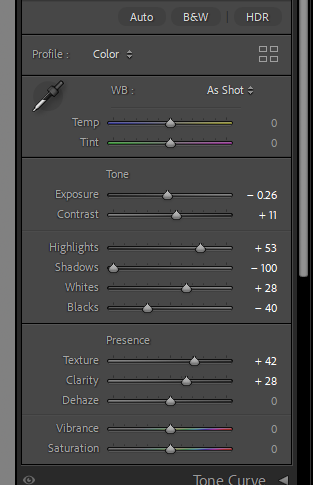

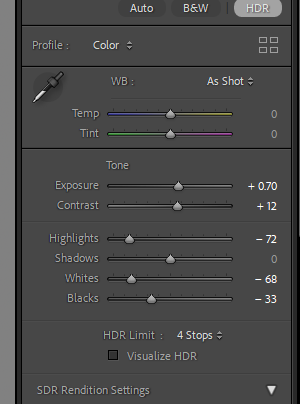
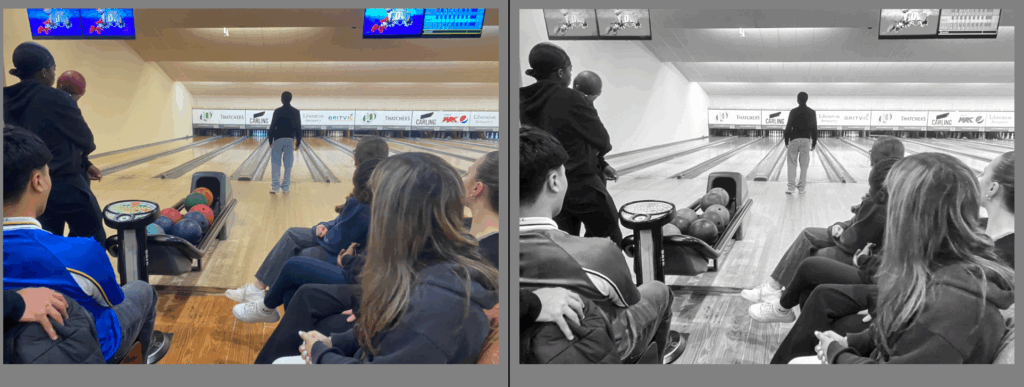
Best Images:
I decided yo leave some of my images in black and white because I think it gives a stronger connection to the theme society and it makes the images more un-posed. It shows how positive society can be when united.
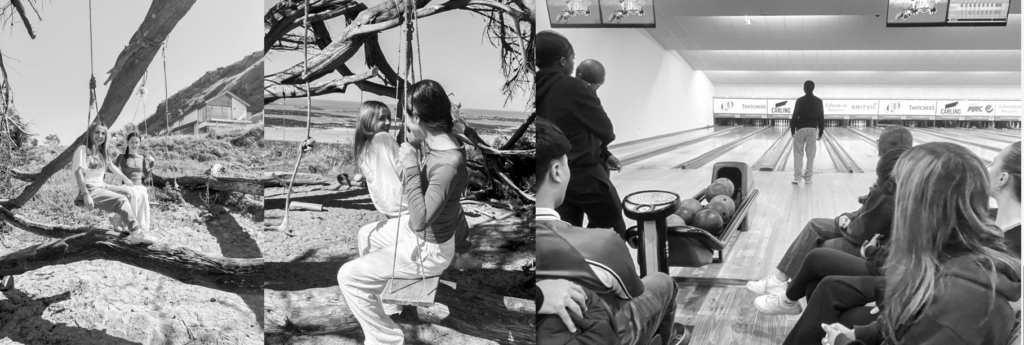
I explored the theme Realism by taking photoshoots of nature, the environment, and daily uses. I also explored realism by taking portraits of people are work showing their environment, where they are most of the day and from face expressions if they enjoy their job. By taking images of people at their work can show realism since that’s the reality of like cant be always going away or having fun, got to go back to reality which is work and which people spend most of their day. Realism can also show historical aspects, everything changes overtime but sometimes the special places don’t.
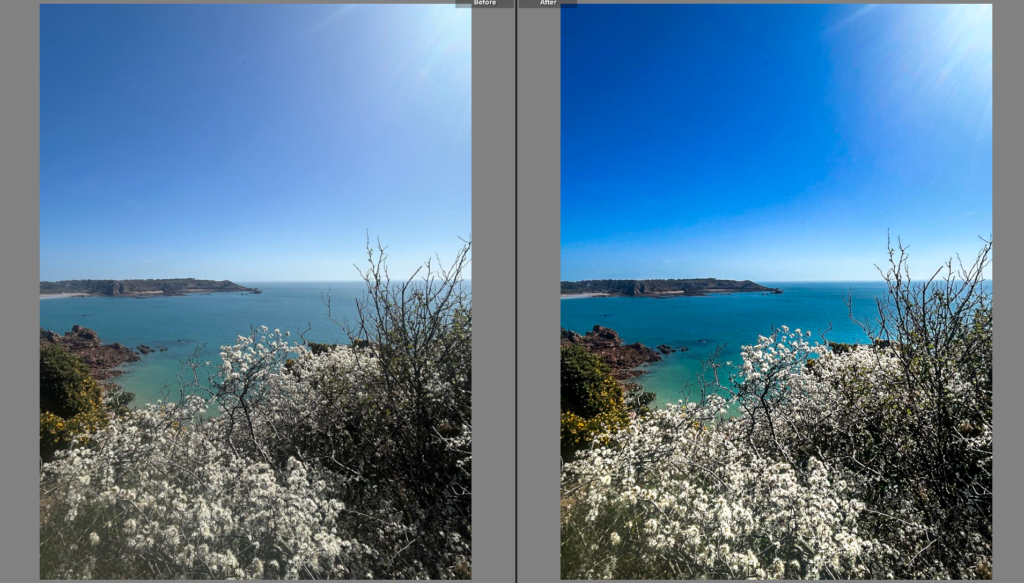
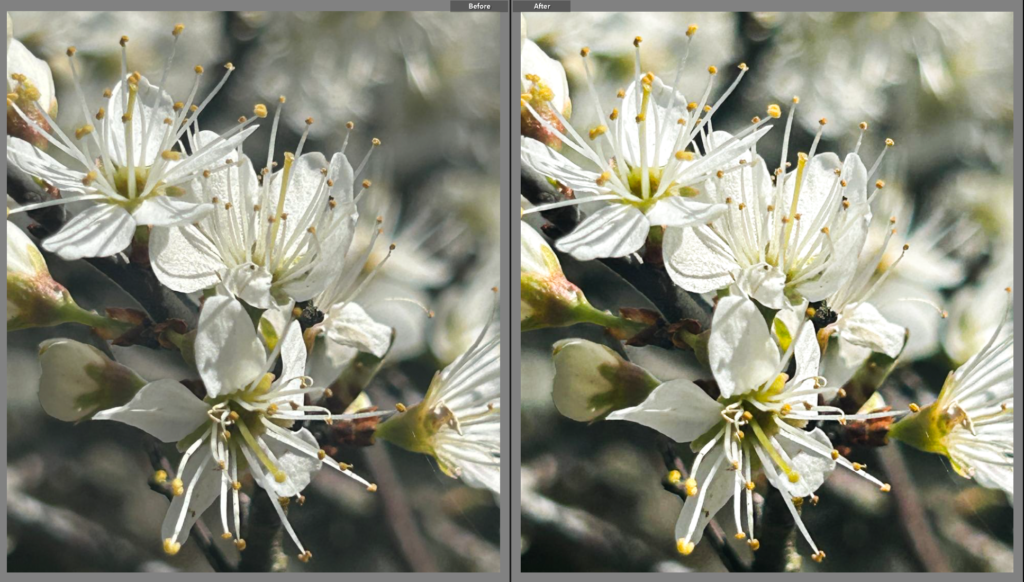


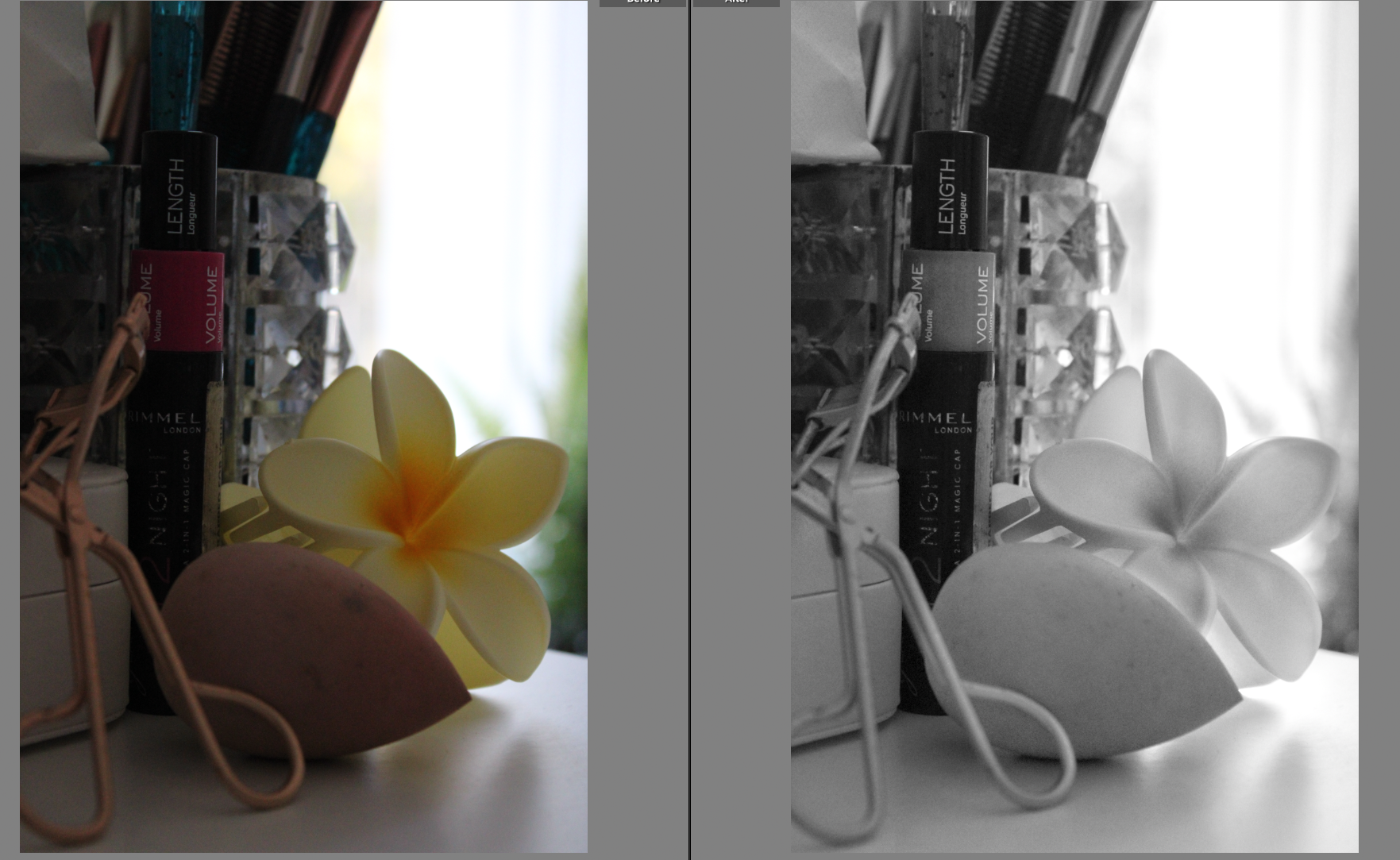
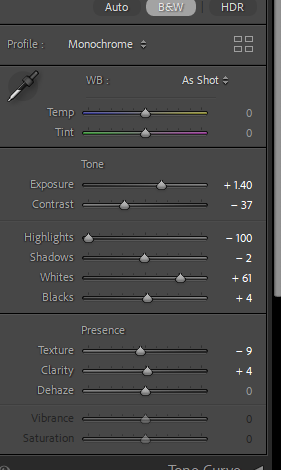
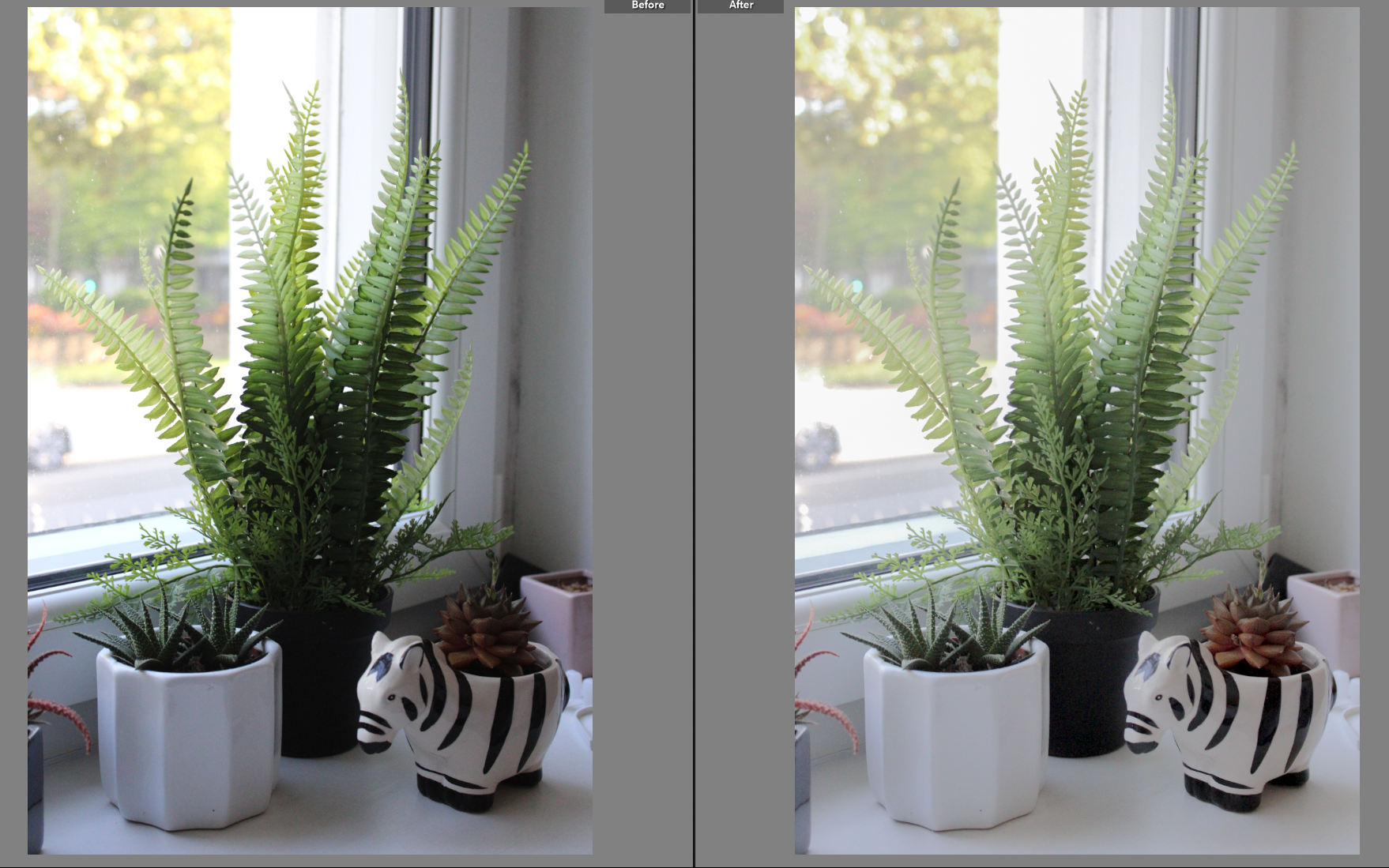
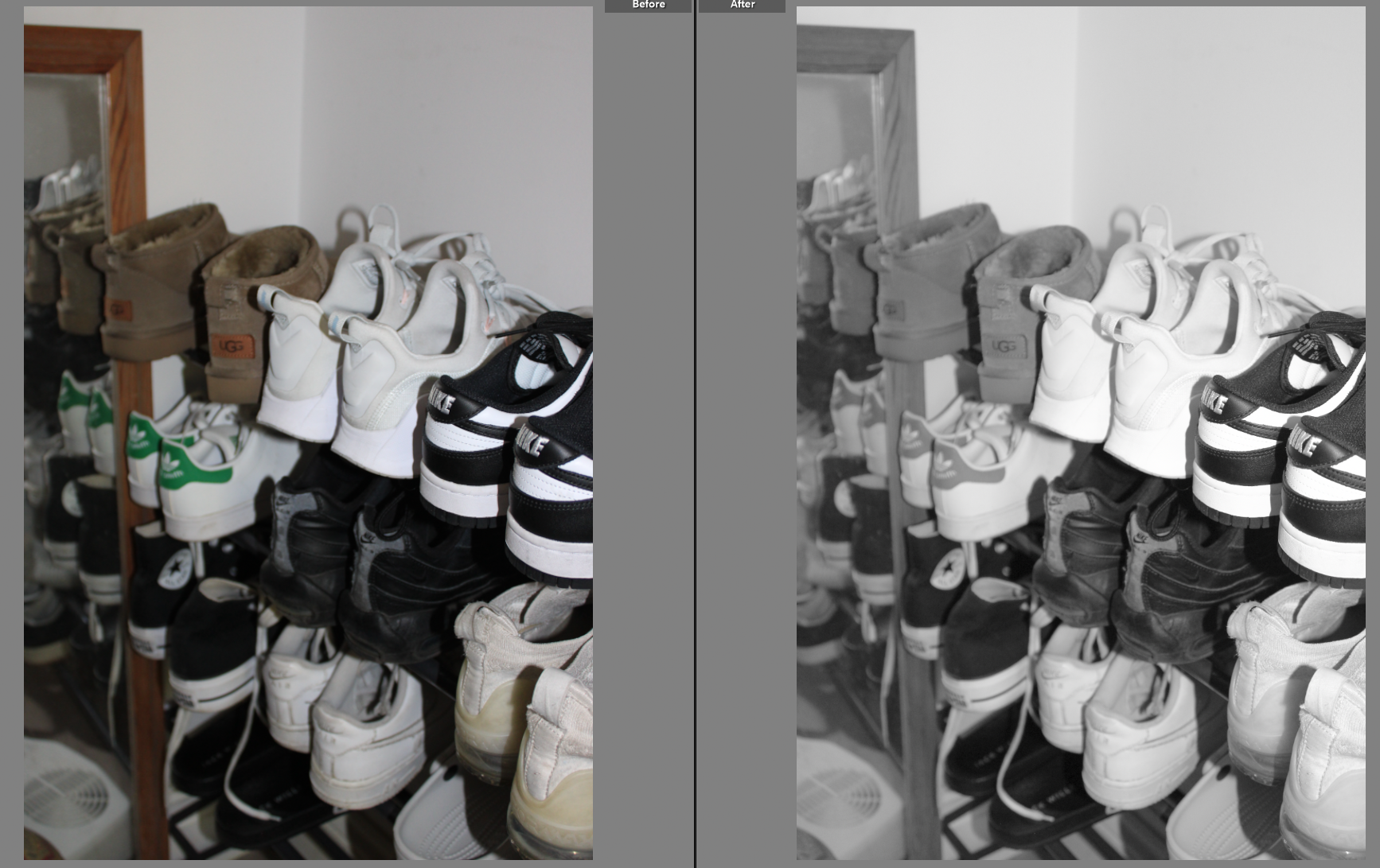
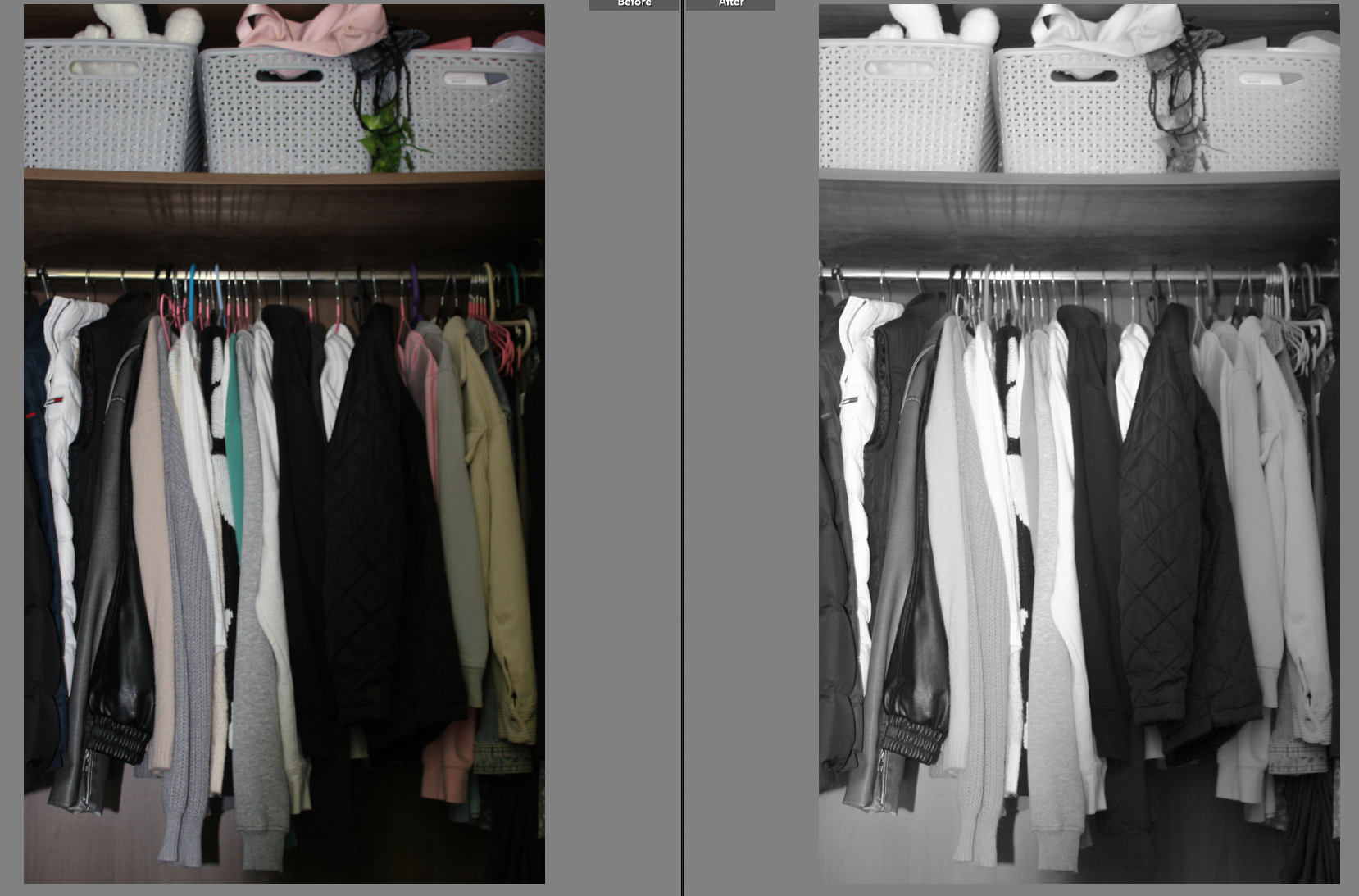
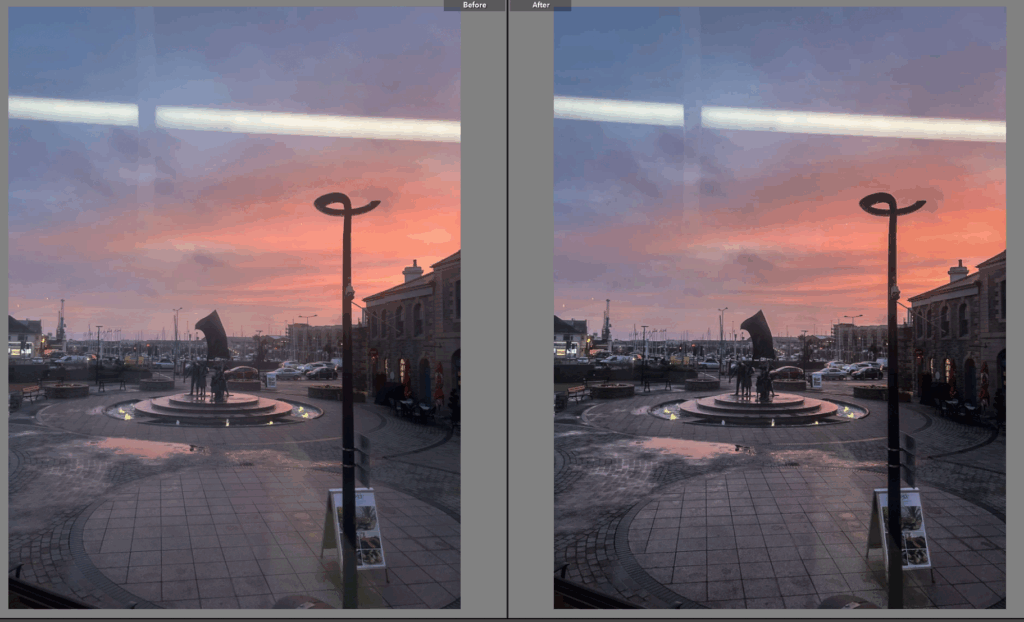
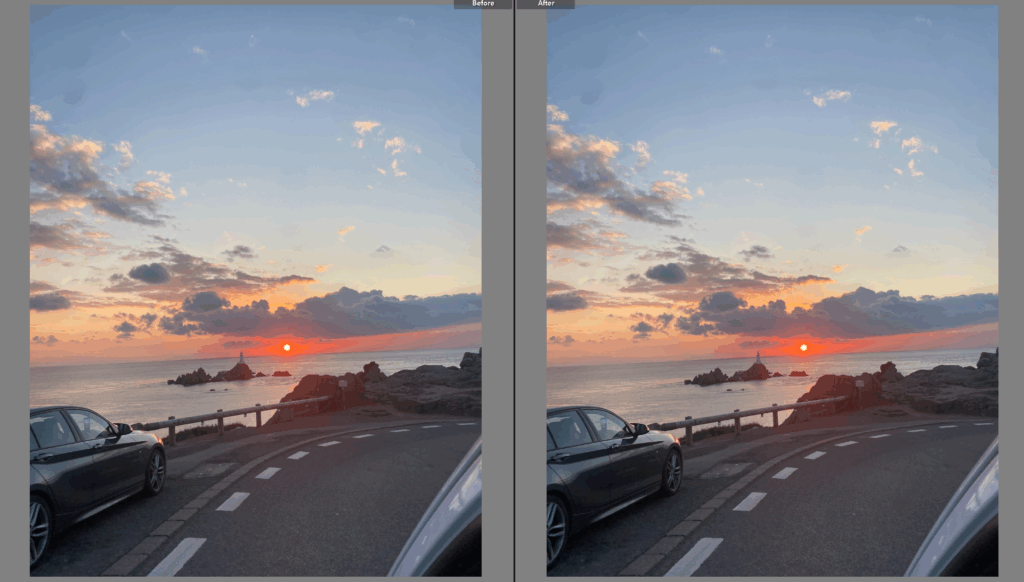
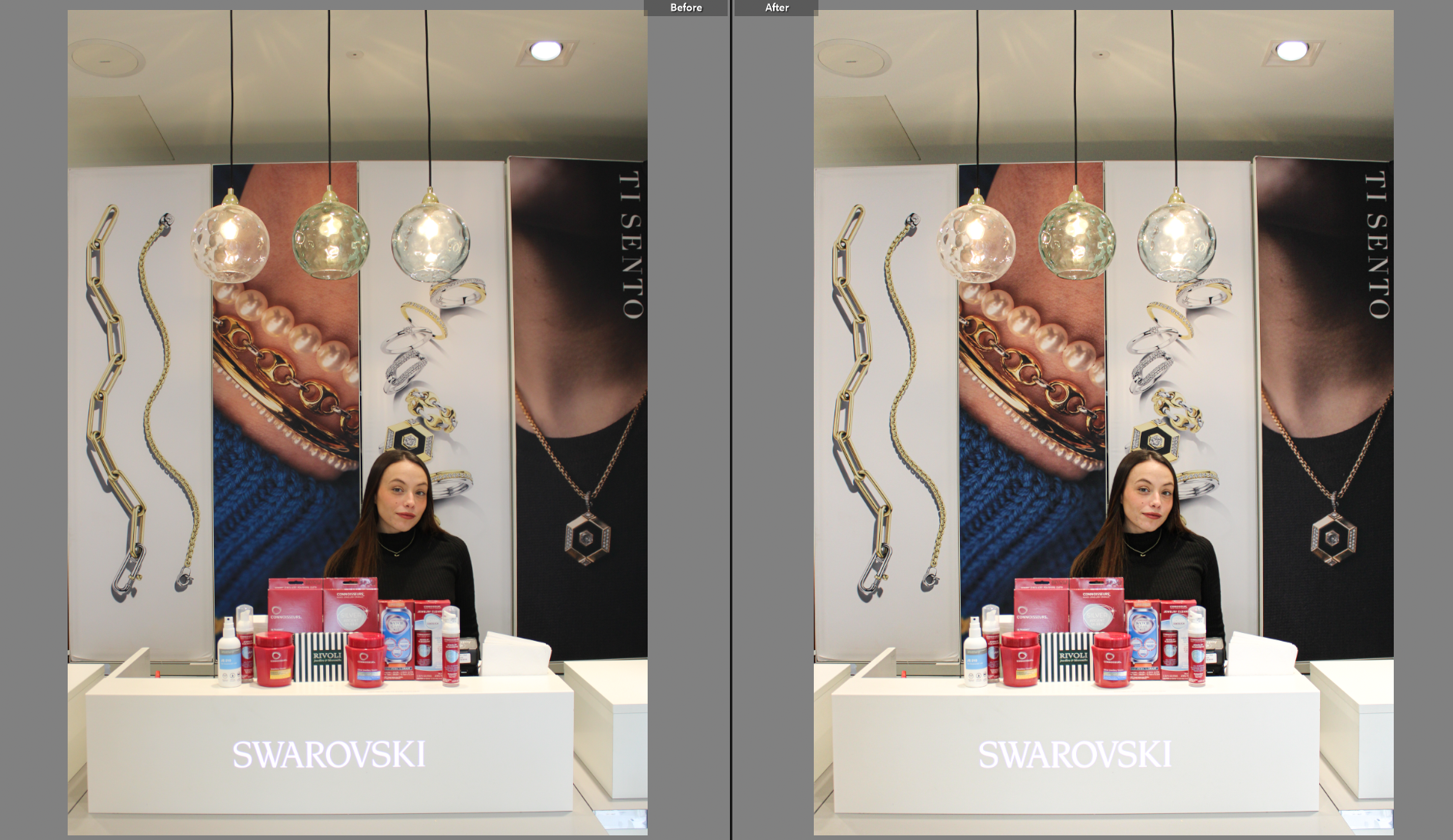
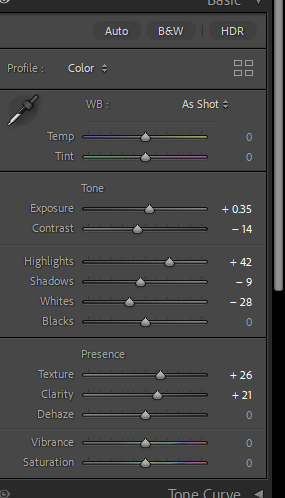
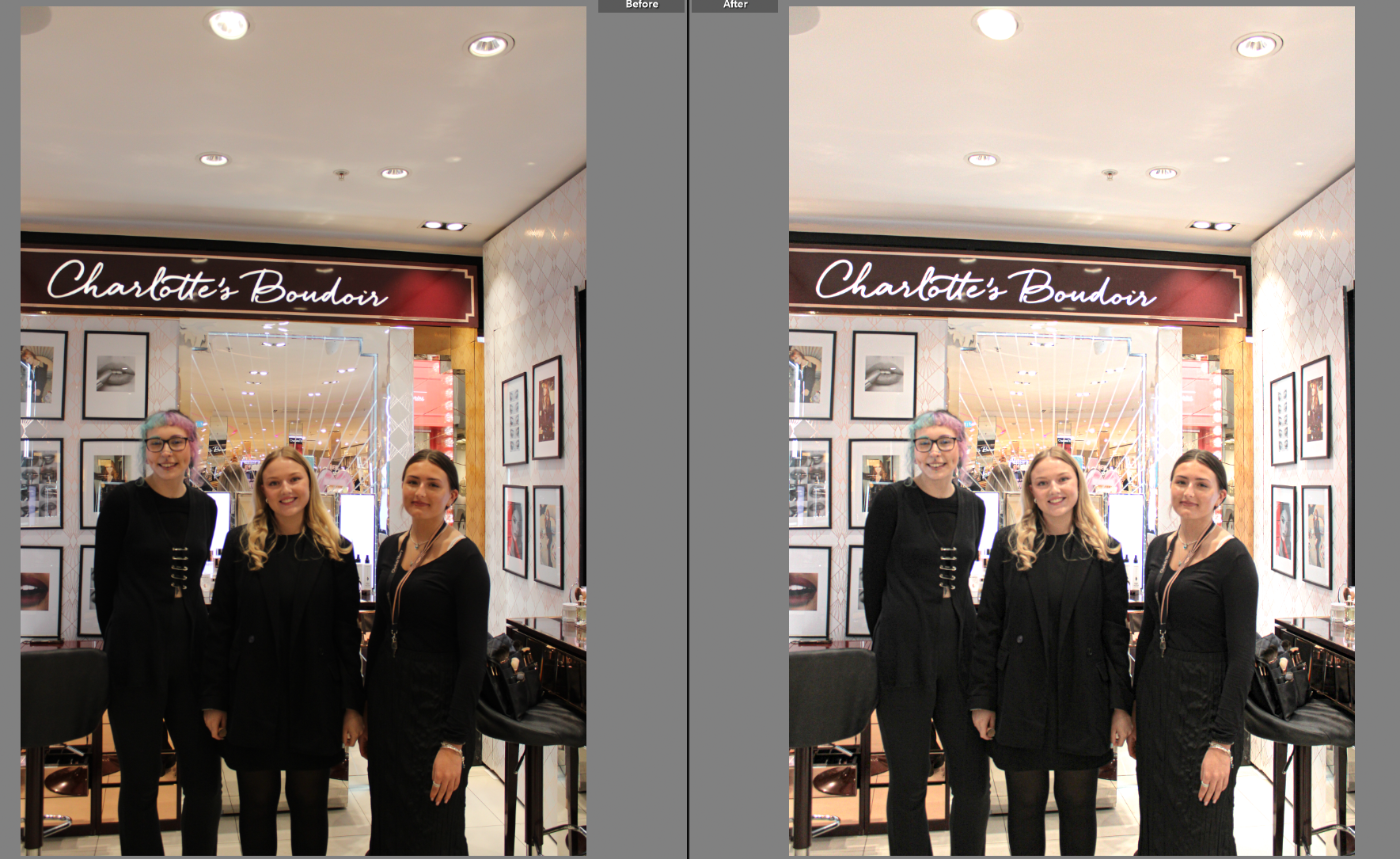
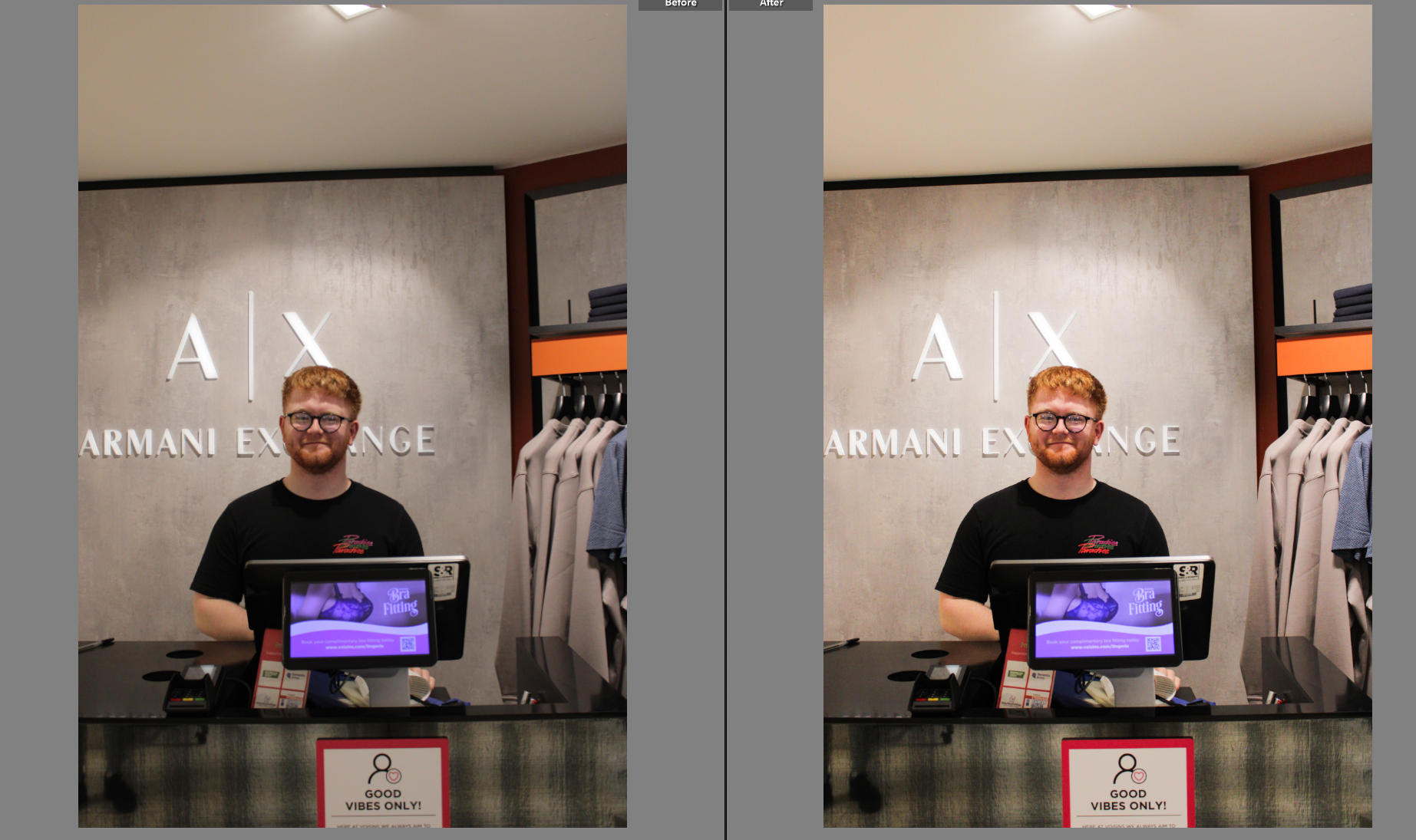
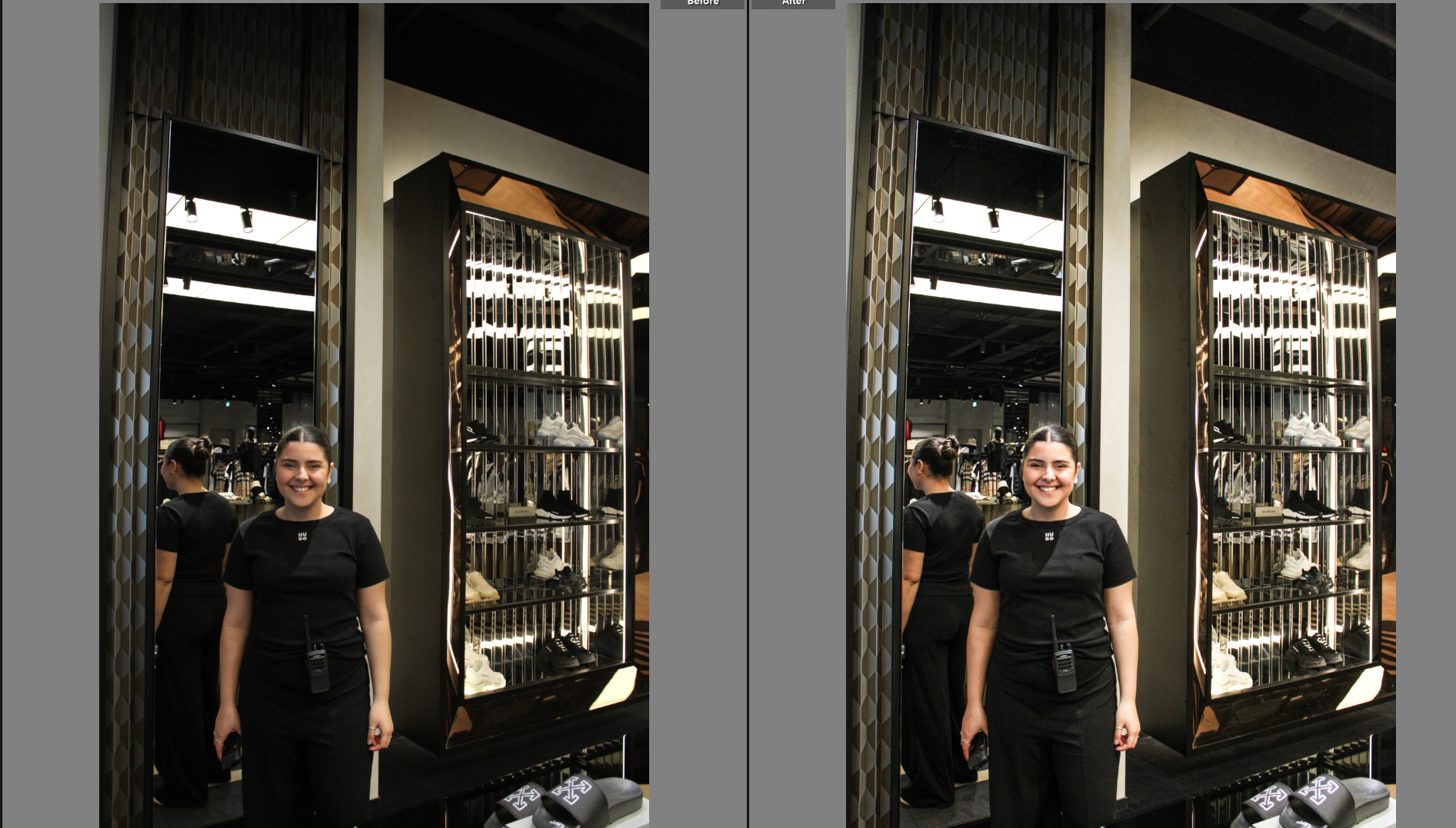

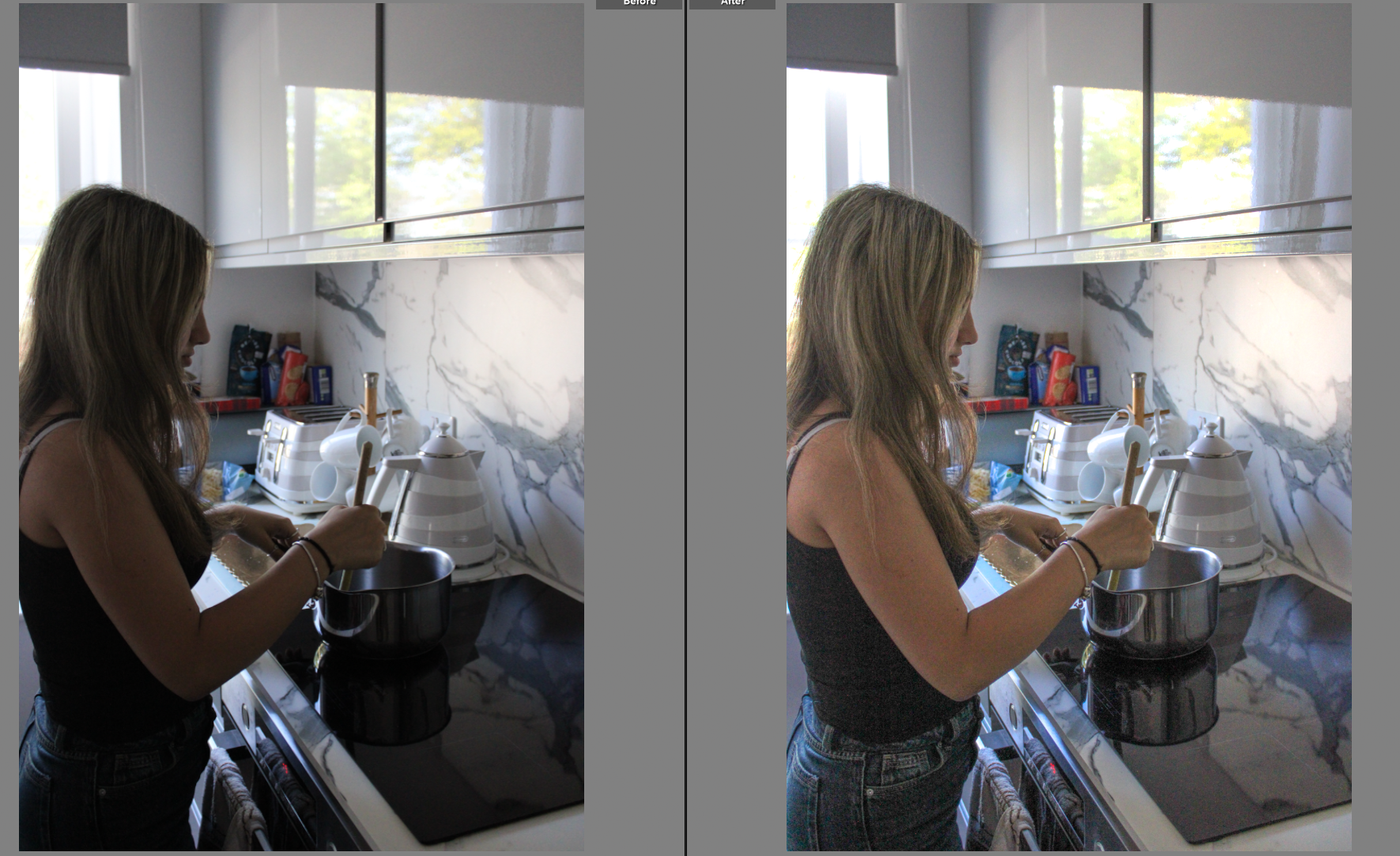
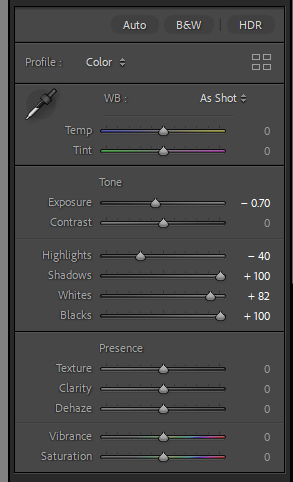
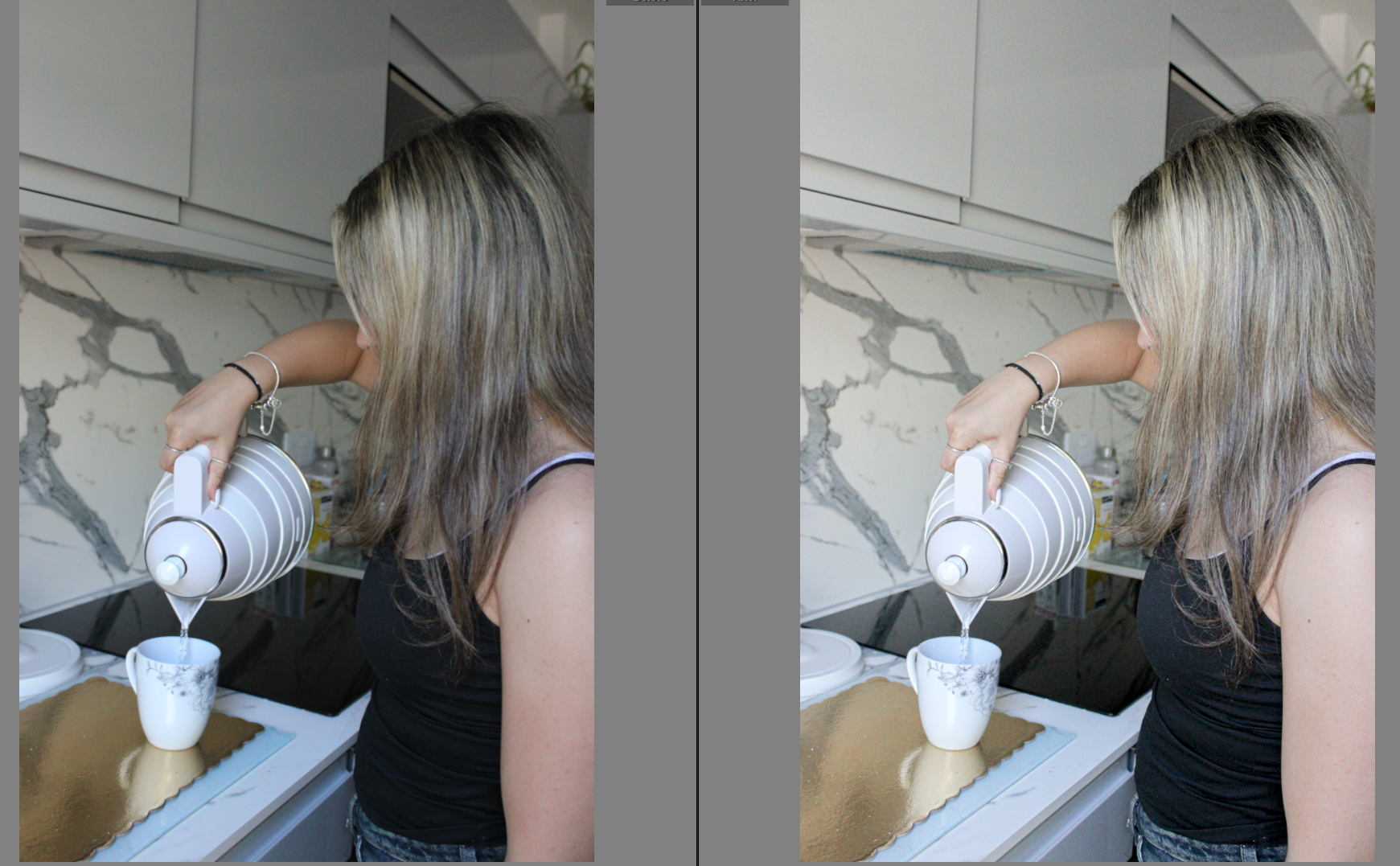
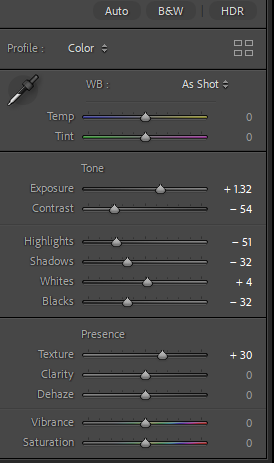
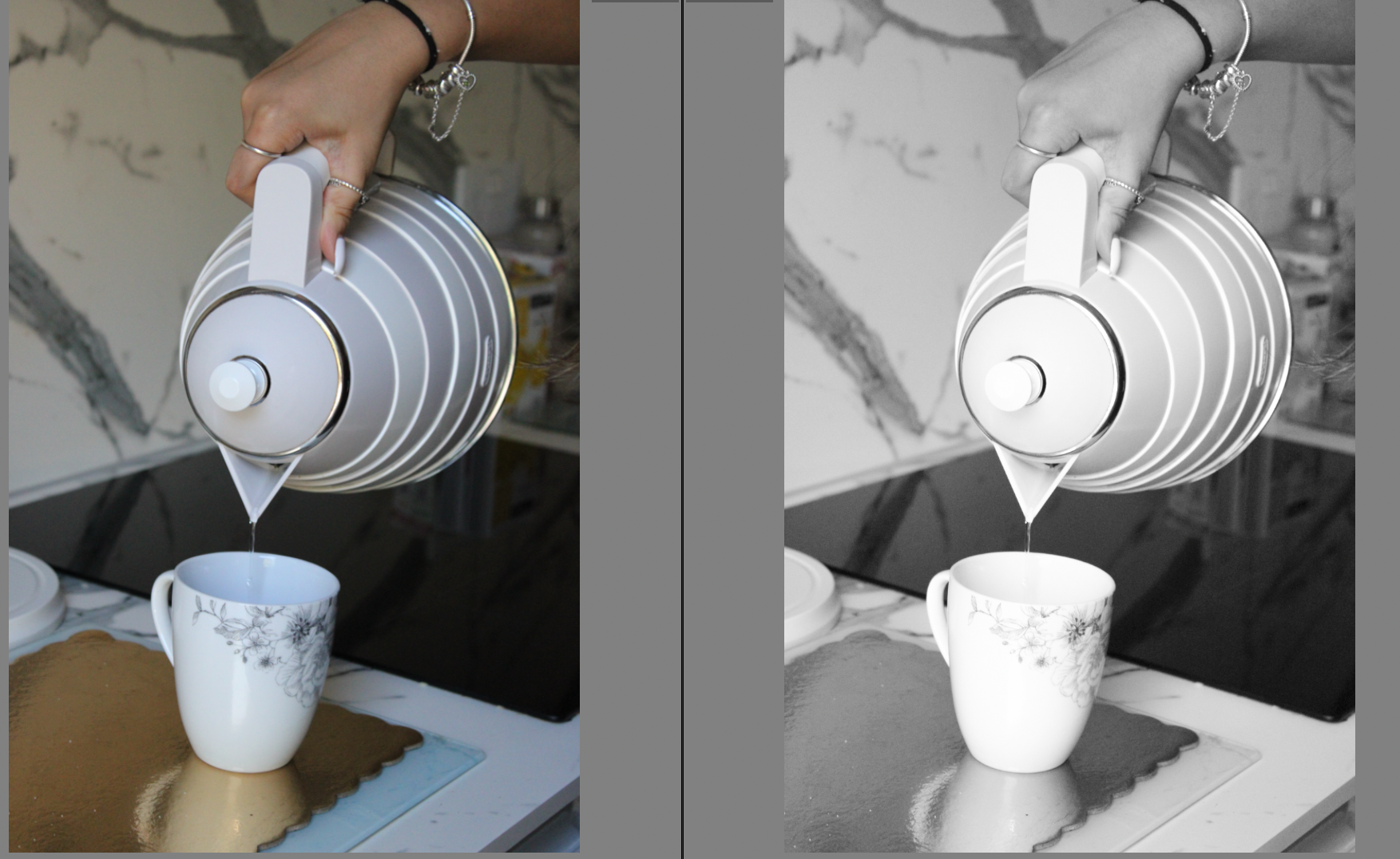
Best Images:
In my opinion these images these are my best image because they show the best three different aspects of realism. The first one lose detailed plants/flowers, second one daily life use/routine, and thirds nature. I love how they are set and how the colour blend so well with each other, all with different shades and colours making it more lively. I left the second images black and white because it shows the different shades of black and white which make it more interesting than editing it with colour.
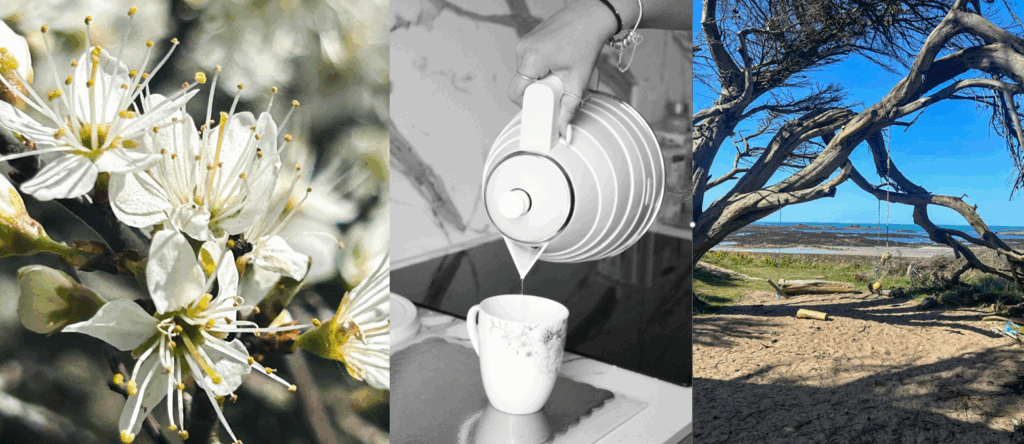
For my first photoshoot I explored the theme Individualism. I went to different places and took photoshoots of different people at places they love most and where they like to spend most of their day. I took portrait of where people feel comfortable and at peace such as at the beach, shopping, doing make up, around their childhood plushies etc. In my opinion taking portraits of people where they most love being is a very important part of individualism because it sometimes can show how someone’s personality is by just a image. For example taking a portrait of someone on a tree can show that they are adventurous and like exploring. Exploring individualism allows to show different personal identity, unique perspectives and self-expression. It gives individuals the power to tell their own experiences, passions, likes, dislikes and stories, through portraits or candid moments. It can also express a sense of freedom and show everyone’s different beauty.
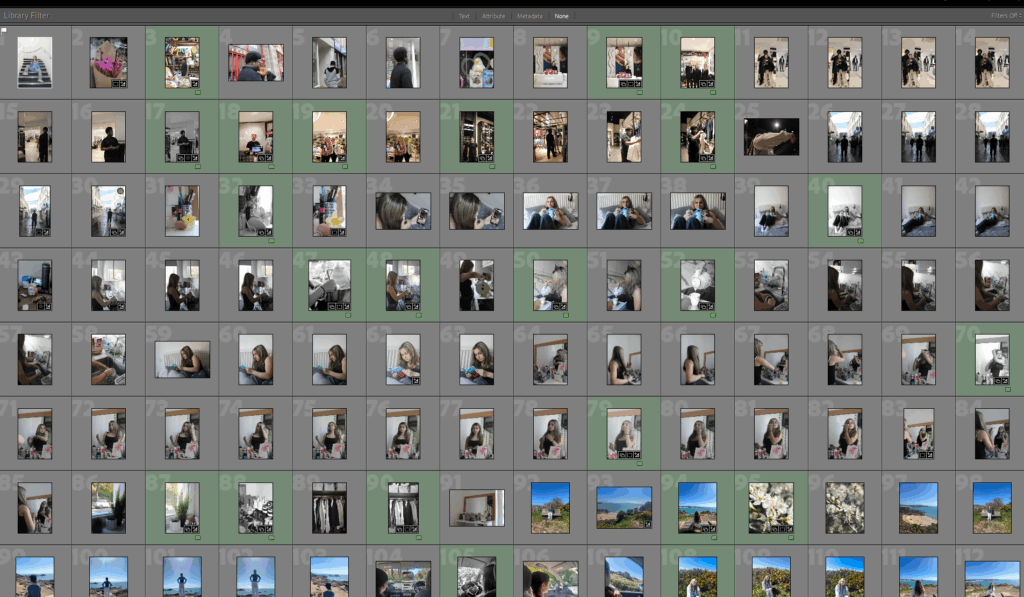


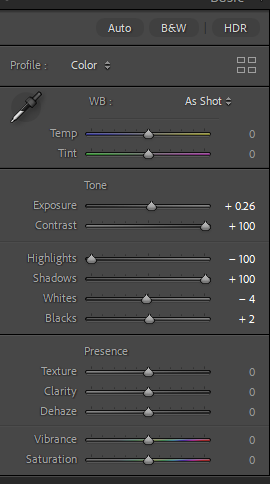
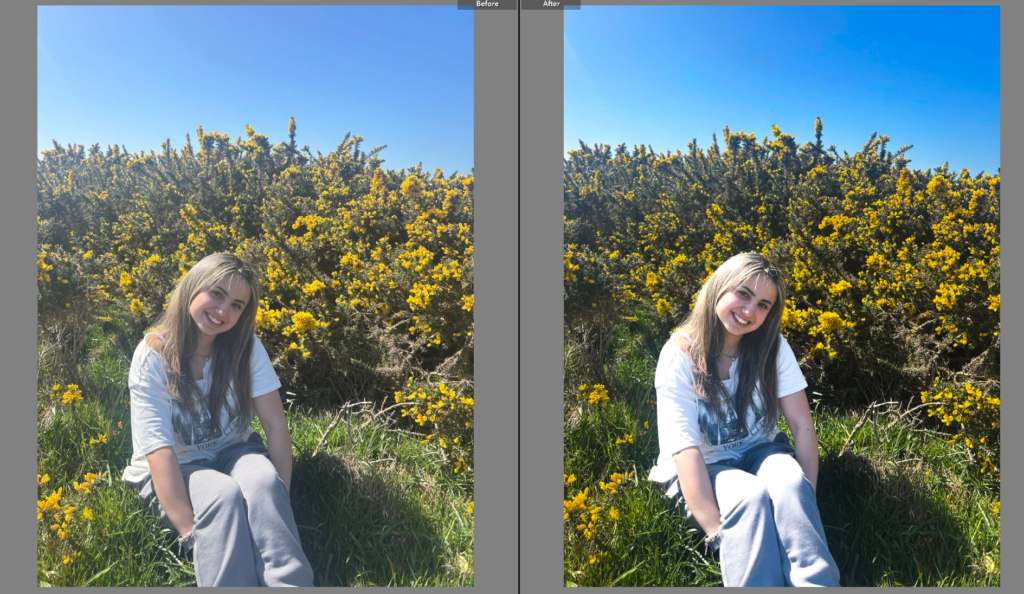
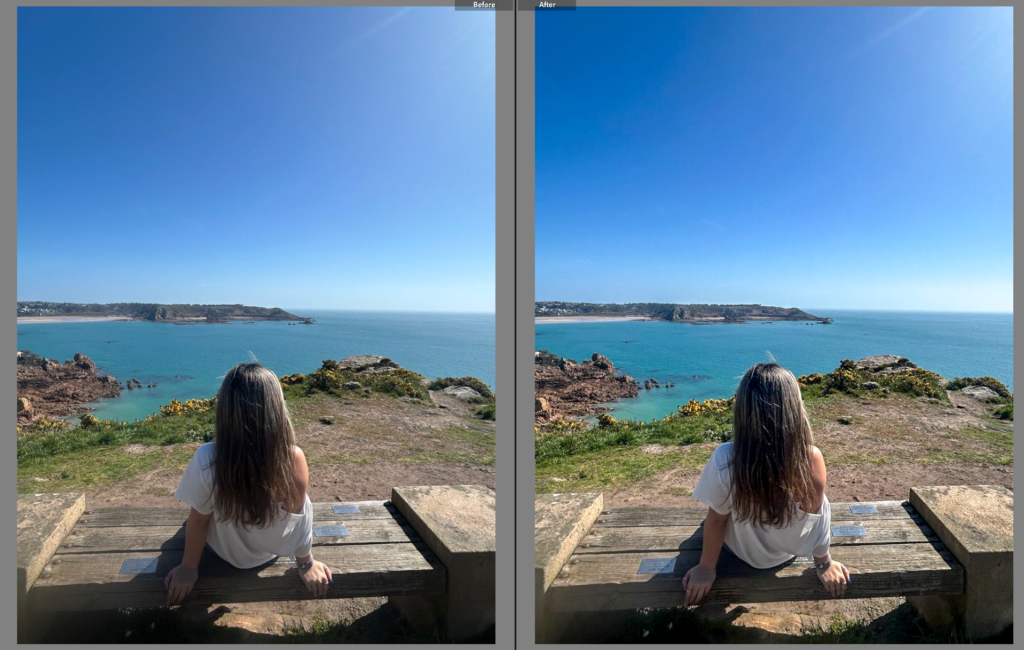

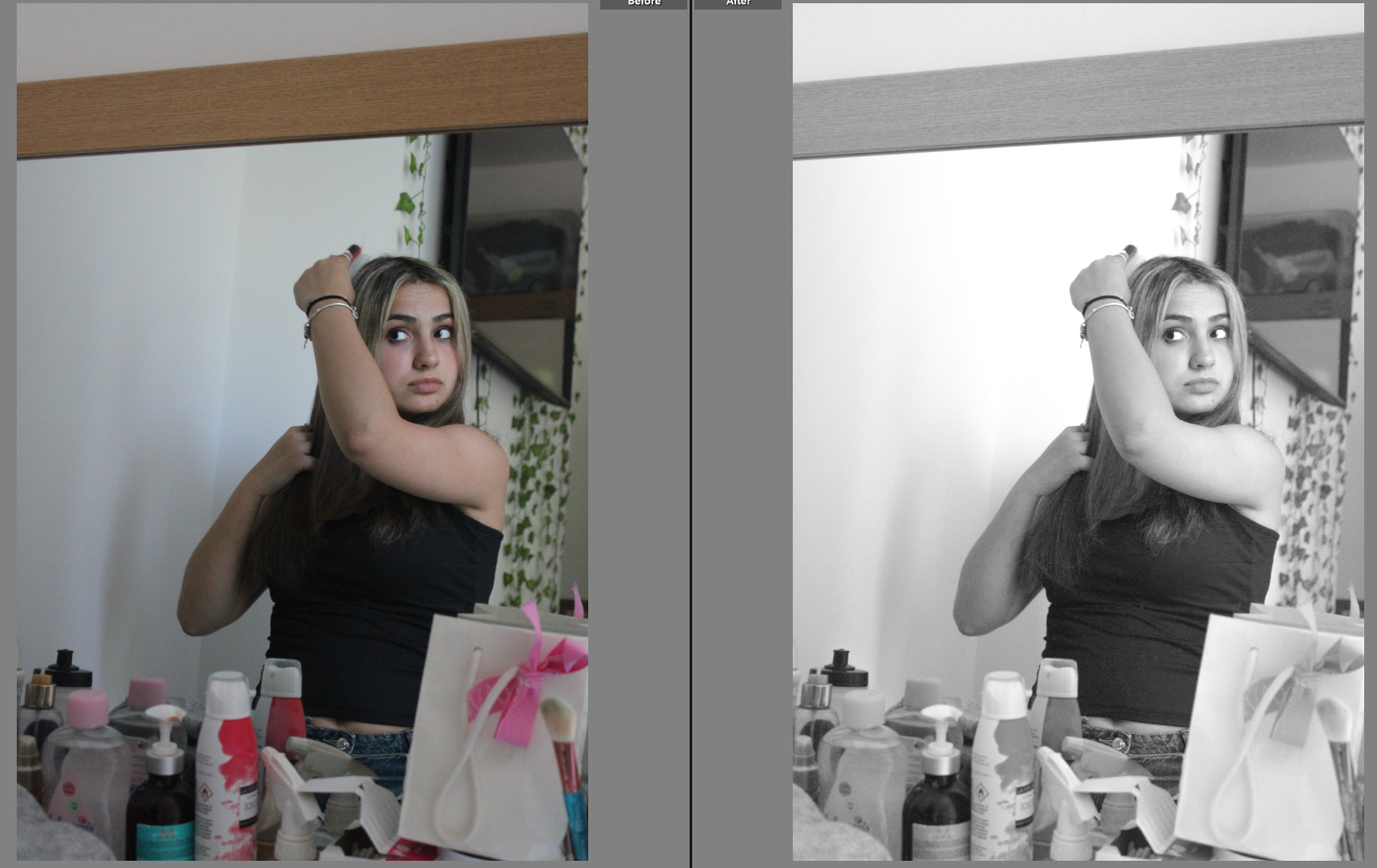
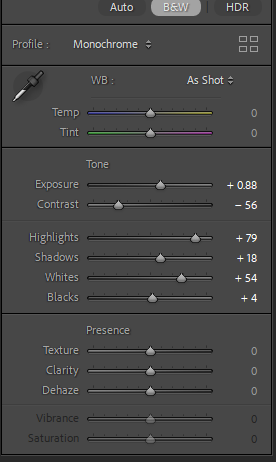


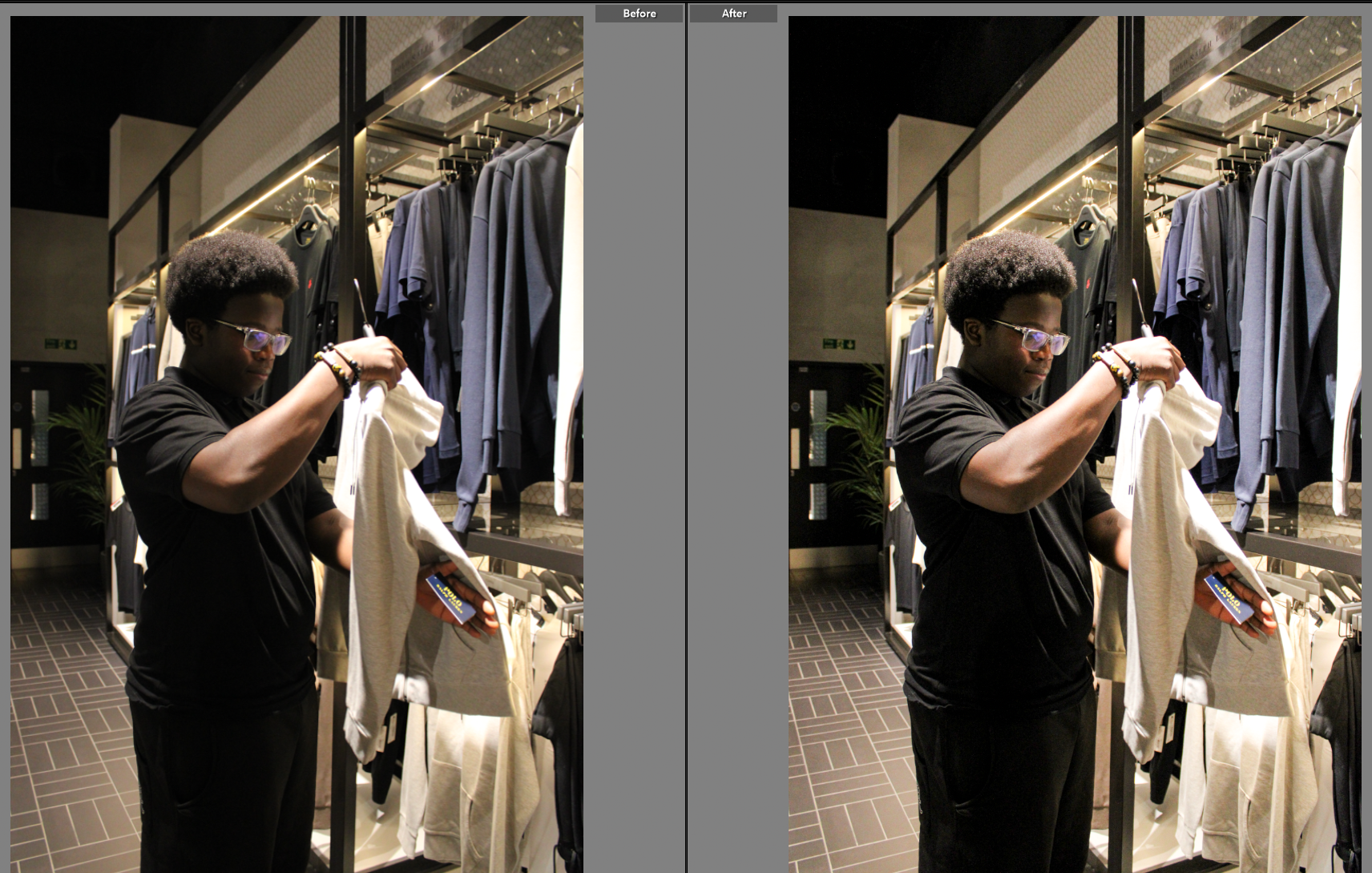



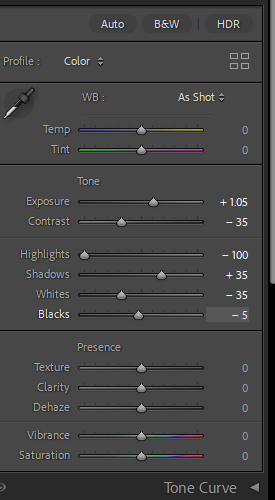
For my individualism photoshoot I decided to try use as bright colours and possible so the images give it a positive mood. Three photos are black and white but I left it like that because I think it feels more powerful an highlights more the theme individualism. The images show everyone what she enjoys doing and independence. For my other photoshoots I increased the exposure to make it look more bright but not too bright that you cant see the different shades and colours. Below are some of the best images that I took in my opinion. I love how they are set and show the theme individualism very well and with different expressions.
Best images:

What am I going to Photograph?
Realism:
Socialism:
Individualism:
Who and where am I going to take a photoshoot?
I’m going to be taking photoshoot of friends family and strangers, in loads of different locations such as home, town, out west etc. Some photoshoots will be in a group an some portraits.
photo inspo from chosen artist references.

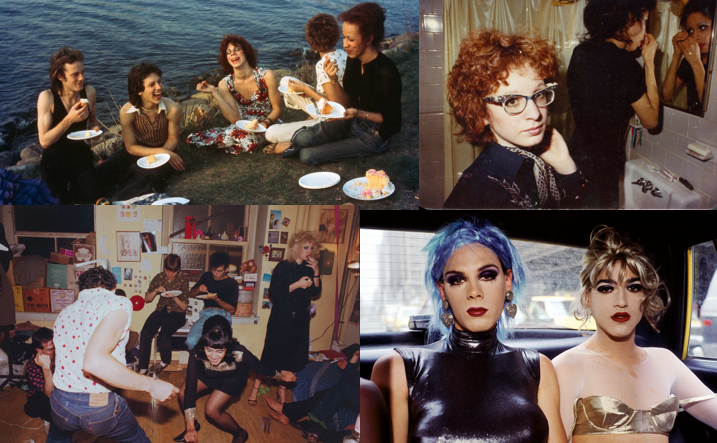

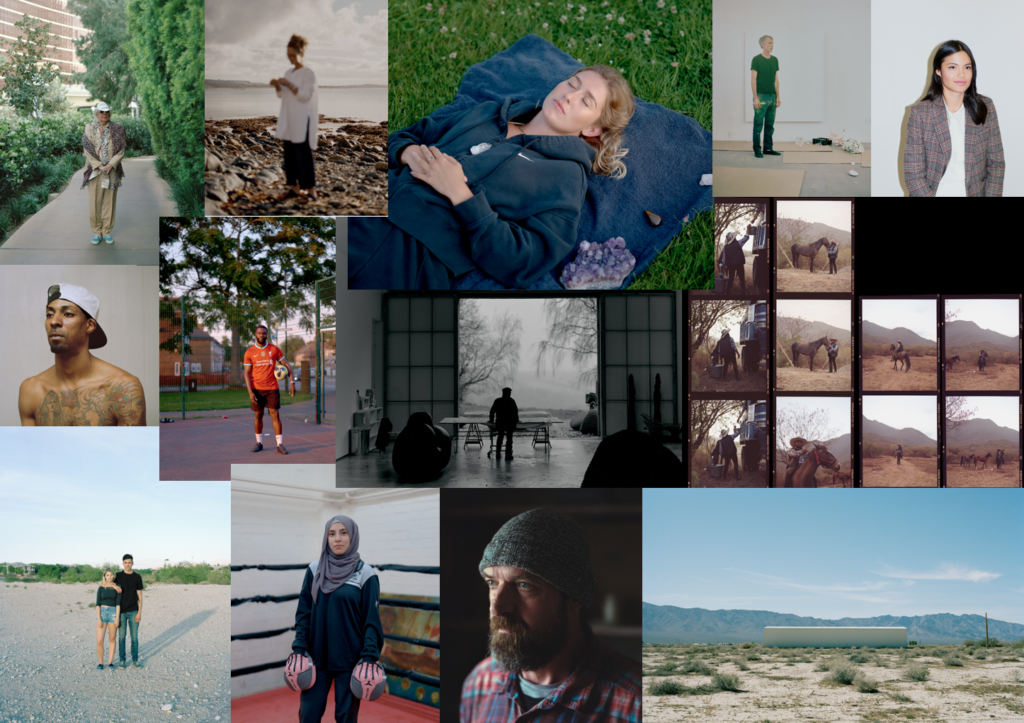

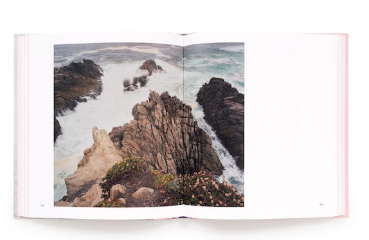
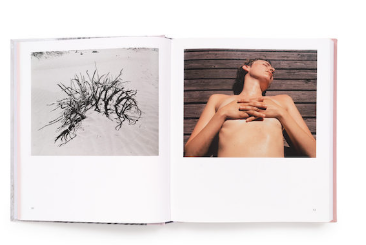
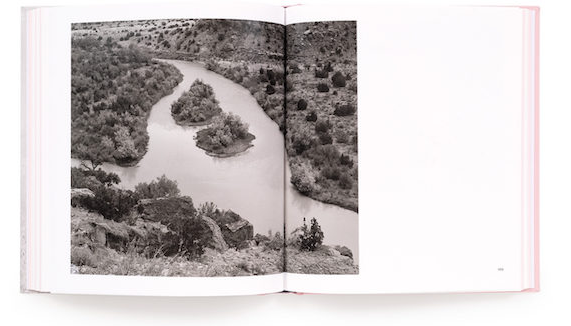

The book by Kelli Connell is a love letter to Charis Wilson, the author and wife of Edward Weston, an early adopter of modern photography, whose photographs and nudity she starred in from 1934 to 1945. It tells the story of Connell’s pilgrimage to the places both of them travelled to while travelling across the country, bringing Betsy, her then-partner, into the scenes. Along with historical pictures and Charis’s story, Connell’s half-ghosted photographs are filled with visual divisions and rhymes which mix fantasy and reality, respect and humility.
Kelli Connell’s “In Pictures for Charis” is a photobook that mixes personal narrative, art, and looking at confusing relationships, with a focus on affection, identity, and self-representation. Connell uses self-portraiture in this piece to show an invented connection with Charis. A number of photographs in the book seem to capture relations between Connell and Charis, but they are actually Connell’s own portrayals of both characters. Topics of self-perception and the complicated nature of identity are shown in a multi-layered story where the lines between the artist and her subject are blurred. The images staged shows the exciting nature of relationships and encourages viewers to consider how personal connections are created. The book’s themes of desire and the problem of emotional connections are made clear by its elegant arrangement and thorough analysis of private moments. Connell explores how relationships are shown and understood by using both real and the imagined, reflecting human connections. The visual story in “In Pictures for Charis” encourages the audience to think about the observer’s act and how we create identity in our relationships with others and with ourselves.

Goldin was born on September 12, 1953, in Washington, D.C. She started taking photos at a young age and went on to study at the School of the Museum of Fine Arts in Boston. She is an American photographer known for her personal, raw, and often candid images that explore themes of relationships, identity, and vulnerability. She is particularly famed for her work documenting friendships, and the complexities of human connections, often featuring her own experiences and those of her friends. Goldin’s work is known for its firm images of subjects in intimate, sometimes challenging moments, covering topics like sexuality, love, pain, and the struggles of life.
One of her most famous works is “The Ballad of Sexual Dependency” (1986), a series of photographs that chronicles her life and the lives of her friends, catching the raw emotions of their relationships. The series, accompanied by a soundtrack, shows issues of addiction, abuse, love, and loss. Nan Goldin’s photoshoots connect with the theme of socialism by documenting the lives of individuals, struggling with addiction or social isolation, while emphasizing the values of unity.

Alfred Stieglitz was an influential American photographer and art promoter, widely recognized for his role in elevating photography to a fine art form, who was born on January 1st, 1864, in Hoboken, New Jersey, USA and died on July 13th, 1946, in New York City, USA. He was also a key figure in modern art, championing various movements and helping to shape the American art scene in the early 20th century. By presenting the world as he observed it and focussing simple, uncomplicated images, Stieglitz’s early work explored realism. But his later work moved beyond common realism into more abstract and symbolic fields, particularly in his Replacements series and his connection with Pictorialism. Therefore, even if realism played a significant role in his photography, Stieglitz eventually stretched the limits of the medium by combining artistic expression with realism.

“The Steerage” (1907)
Technical
Stieglitz’s techniques, which showed clarity, and accuracy in his images while rejecting as Processing too much of Pictorialism, formed the basis of his realistic approach.
Visual
Contextual
Conceptual
James Bannister is a Documentary, Portrait and Editorial photographer based in the UK and working internationally. His work has been seen in publications such as It’s Nice That, The British Journal of Photographic, The Royal Photographic Society and Harper’s Bazaar. James Bannister explore individualism because he wants to show and explore peoples personal identity. The most recent photographer assigned to produce new work for the camera brand, Leica, in partnership with 1854, Bannister’s still portrait own a sense of movement: inspired with the scents, heat, and textures that surrounded him when he pressed shutter. For the forthcoming Leica commission, the UK-based photographer is assigned the challenge of creating a particular body of work centred on ‘individualism’ – a perfect match for his extensive investigation of the medium. By focussing on themes of individual identity, independence, and the conflict between self-expression and social expectations, James Bannister’s photography explores individuality.

“You can’t compartmentalise anything creative because it’s about getting out of your own way, and letting what’s inside of you come out” – James Bannister
Image Analysis:
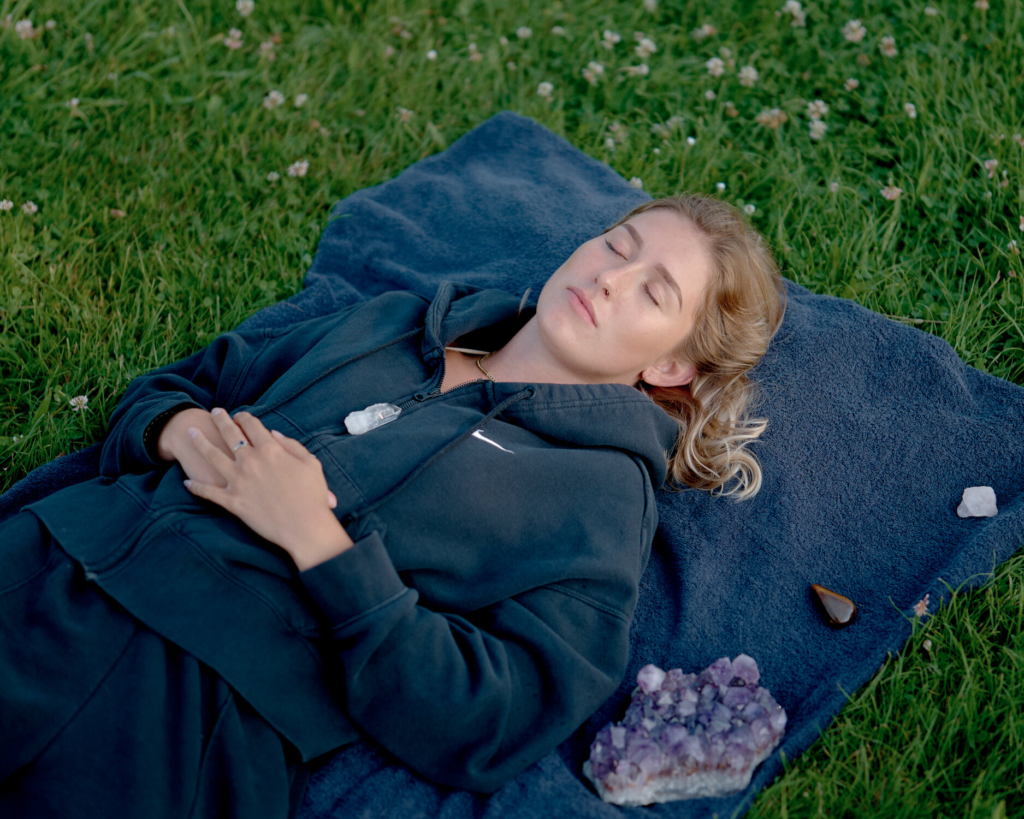
This image from James of a girl lying on the floor with her eyes closed represents individualism through its quiet mood. The girl seems to be in her own world and at peace. The closed eyes suggest a deep self observation and space away from ay type of drama and social expectations. Her hands on her stomach shows she is comfortable, steadiness and calmness. Bannister’s use of light and shadow lifts this view of individuality, focusing on her presence as an independent and free girl. This photograph shows individualism as the girl chose peace ad her inner world other than a crowed own.